I managed voting precinct 2166 on Nov. 3, 2020.
I was one of the 16 clerks in charge of precincts in Area 15 as designated by the Palm Beach Supervisor of Elections (SOE). The General Election was my second election with the SOE after having worked as an Assistant Clerk during the Florida Primary Election.
Multiple six-hour trainings and conversations with my field clerk elucidated me to the sheer magnitude of responsibilities I would be given in order to successfully lead the precinct. From the nuances of ballot accounting to the wealth of voter issues that could arise, I was intimidated to say the least. I was the woman voters would come to (sometimes amicably, sometimes not,) with problems ranging from having been sent a Vote By Mail (VBM) ballot but requesting to vote in-person to demanding to vote despite having already voted. Beyond overseeing the precinct and handling these issues, I needed to know how to do the jobs of every other poll worker, such as checking voters in on the Electronic Voter Identification Desks (EVIDs) and combatting malfunctions with the tabulation machines (the DS200 and the ExpressVote). All poll workers were given a 200-page manual with answers to the majority of questions one could have, but I needed to have a thorough understanding of my job in order to quickly accommodate each voter without flipping through my manual for every issue. However, the time consuming nature of becoming a knowledgeable clerk paled in comparison to my fulfillment after having worked the election. Since I am still not eligible to vote, this job was perhaps my best opportunity to be civically engaged in quite possibly the most important election year of our lives.
My work began on Halloween when I received my clerk supply bag. It included everything from an SOE-issued smartphone, to a thick “Critical Packet,” a stack of papers I was required to familiarize myself with and complete throughout Election Day. Then came Monday, November 2 (which, lucky for me, happened to be Senior Skip Day), when I visited the managers of my precinct site and connected the EVIDs to the SOE’s network in preparation for sending voter data. Right away, I realized how many different tasks I would need to keep in my head simultaneously the next day. Within the large cabinet every precinct received were multiple bags and boxes of everything I’d need, such as General Election Ballots (separated into Forms A and B), seals to lock up secure materials, personal protective equipment, signs to post outside the precinct, and provisional ballots, which were given to voters whose issues could not be remedied and therefore were not eligible to receive a ballot for conventional tabulation. I sealed the last EVID and drove home that day assuring myself that I would be ready for anything.
I woke up at 4:16 a.m. on the day of the election. At 5:00 a.m., clerk bag in one hand, all three meals of the day packed in another, and a backpack slung over my shoulders, I began driving to the precinct. By 5:20 a.m., the polling site maintenance person had unlocked the ballroom where voting would be held, and myself and the eight other poll workers I would lead began setting up shop. I had to think quickly on my feet as our 7:00 a.m. opening time came closer and closer. At first, it felt difficult to delegate work to eight adults as I focused on my own duties, such as sending attendance to the SOE, powering on the EVIDs, administering the poll worker oath, taking everyone’s temperature, and deciding the most efficient layouts for the voting booths, the check-in stations, and the ballot tabulation area.
I was still sorting out our supply cabinet when voters started to rush in and I realized the line of voters was already out the door. For about two hours, my job required me to organize consistent chaos. The second voter in line had to have his address changed in our system and he accused me of delaying his vote because of political affiliation. A woman who spoke little English became very angry with me as I attempted to cancel her VBM ballot so she could be given one of our Election Day ballots. By 7:23 a.m., I had to give the last voter in line a card with the current time written on it so I could calculate the approximate wait-time when he finally arrived at a check-in station. By far, the event that occurred at 8:45 a.m. was the most unexpected. I was helping a voter fill out a form for which to change his address when I saw an elderly voter had collapsed and become unconscious while filling out his ballot. I ran toward him and immediately called 911. Luckily, an ambulance came in a matter of minutes, and he was alert enough to insert his ballot into the tabulation machine by the time they escorted him to the hospital.
The rest of the day went by very fast compared to the day of the Primary Election, as I was filling out forms from the Critical Packet, issuing voters new ballots in exchange for those they made errors on, and signing affidavits so voters could change their addresses or names in the SOE’s system. Luckily, the main job of my field clerk was to answer our phone calls whenever we came across issues we couldn’t fix on our own. Despite the amount of voter issues that came up throughout the day, the pleasant nature of the collaboration that took us among the poll workers was so encouraging. Having been required to call each poll worker prior to the election, I was given access to their basic information, including their party affiliation. Being the only worker who was aware of the equal distribution of political parties present among us all, it was easy for us to remain non-partisan to make sure every voter was accommodated, no matter who they were voting for. Even when inspecting the results of our precinct’s election (given to us by the tabulation ticket outputted by the DS200 at the end of the night, we maintained our camaraderie and discussed how synchronized the moving parts of our precinct turned out to be.
The end of the night was the most high-stakes and rewarding part. I was in charge of filling out ballot accounting forms and organizing the deconstruction of our voting precinct. The following equation had to hold true in order to account for all ballots placed in voters’ hands.
(Ballots received by precinct – Ballots remaining) = (Ballots Issued By EVIDS + Spoiled Ballots + Provisional Ballots)
I was nervous to encounter any discrepancies during this process but, having stayed organized the whole day, I was able to fill out the ballot paperwork with very few issues. After sealing the machines and locking up the cabinet, all that was left was driving the ballots and my clerk bag to our designated drop-off site. The euphoria I felt as the SOE officials removed the ballot boxes from my trunk was indescribable. 317 voters had their voices heard by voting at our precinct. I completed every task necessary, and I’ve never been more proud of myself. Most of all, I am proud to be part of a generation who embraces the significance of the vote, the most important cornerstone of our democracy.

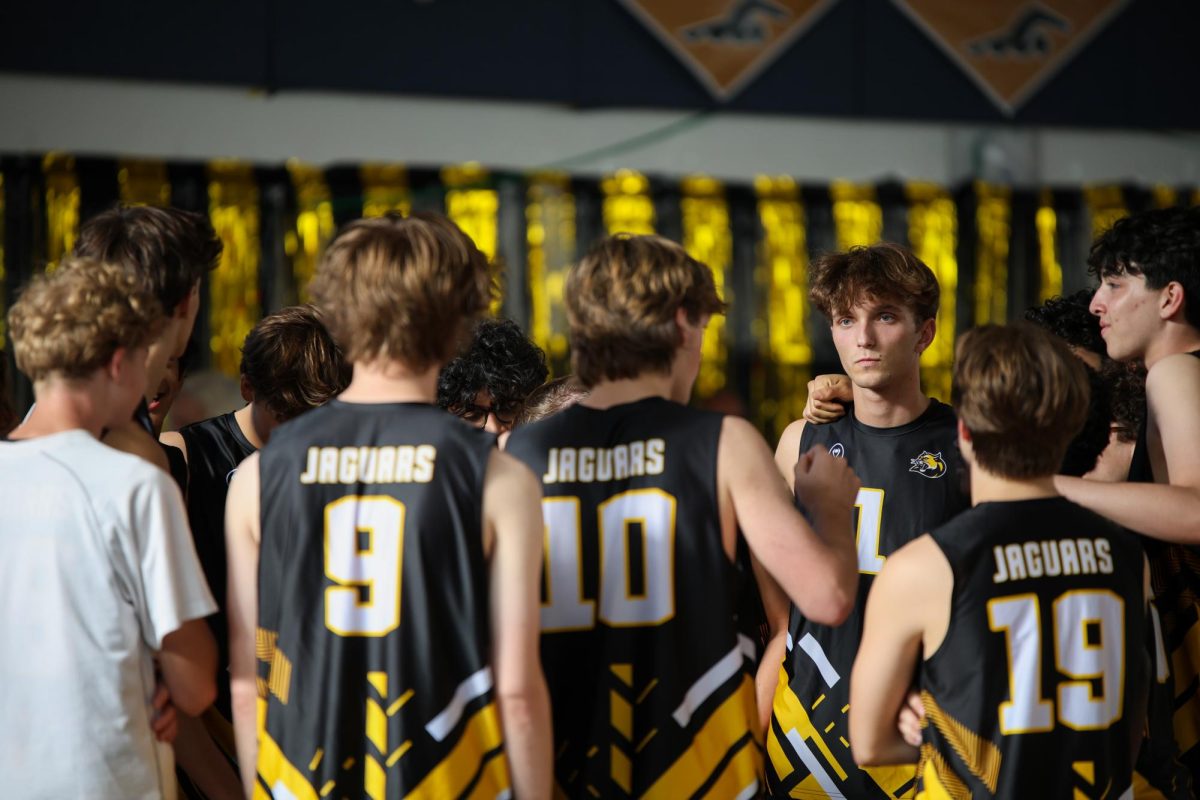
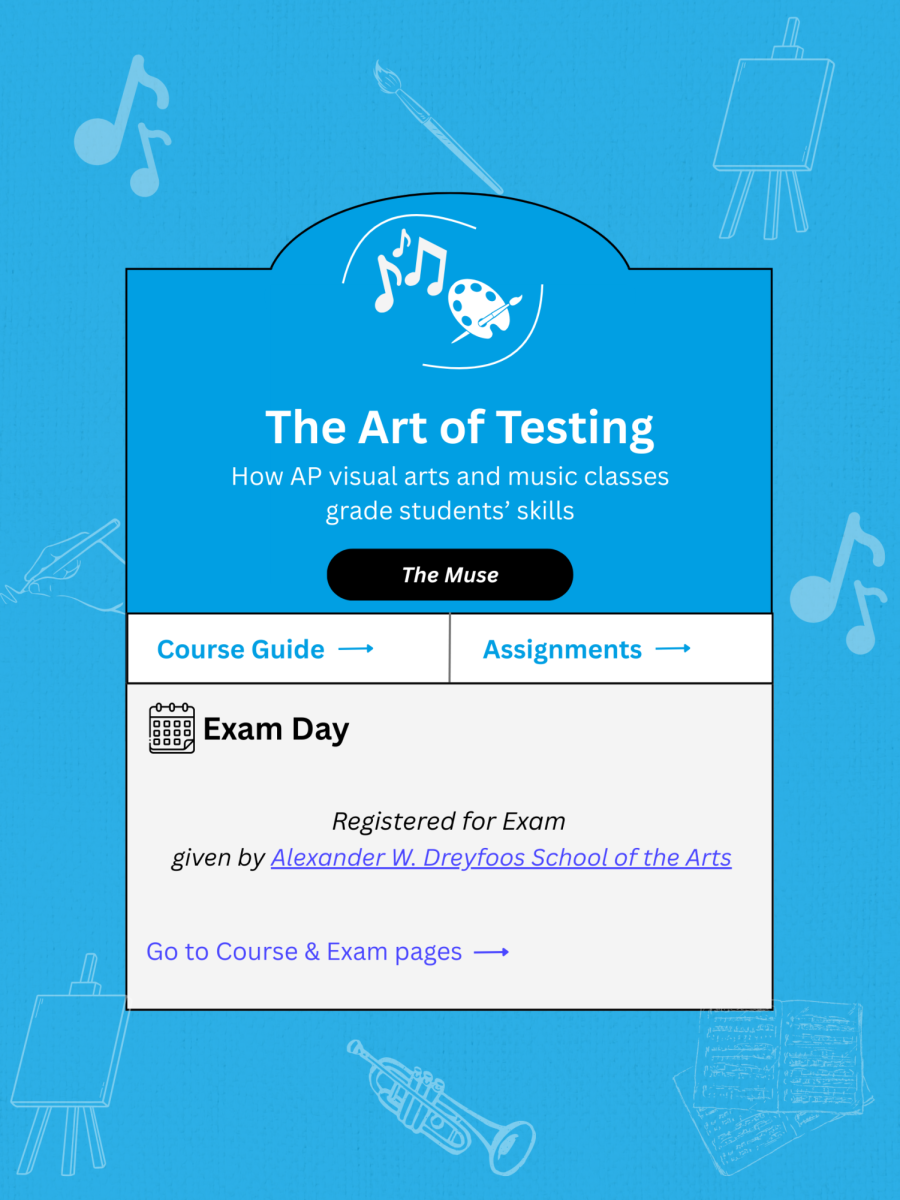
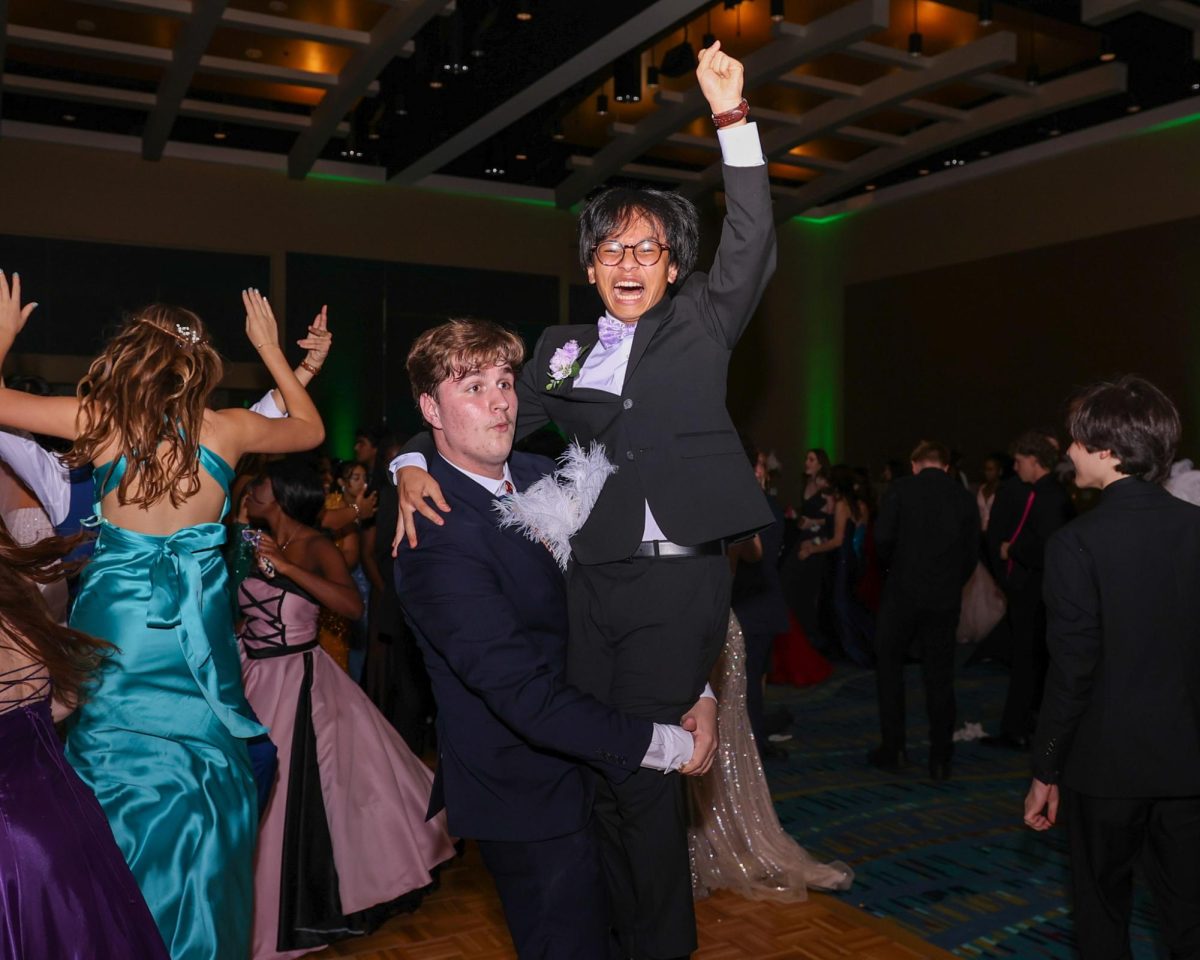
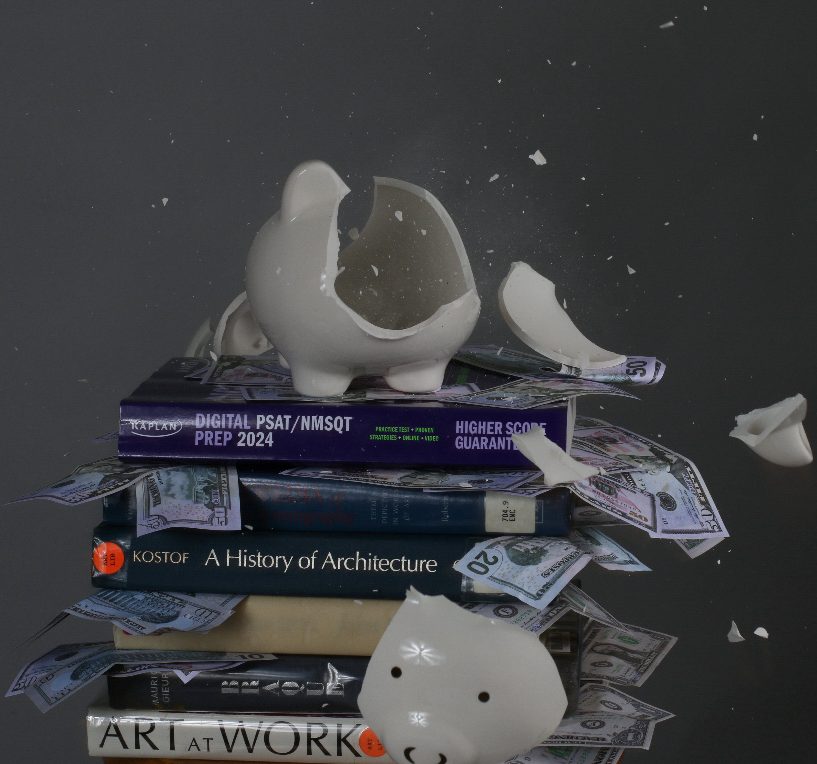
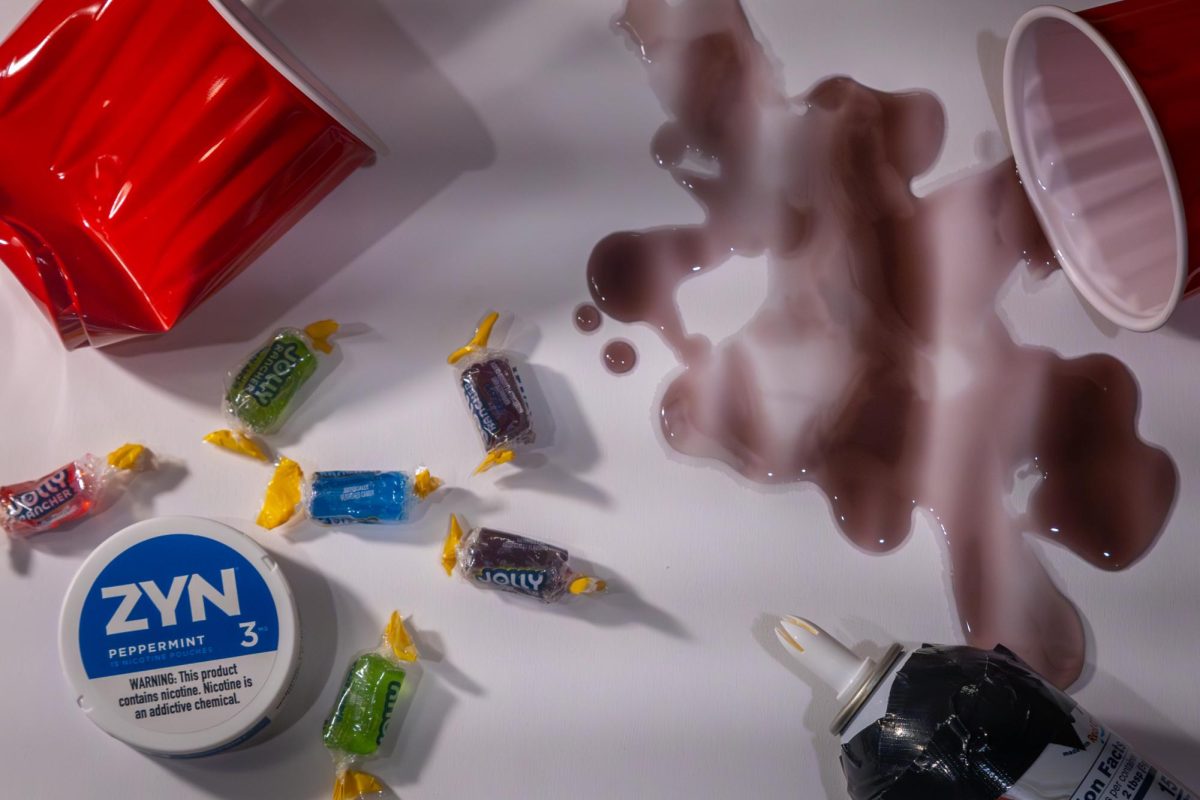
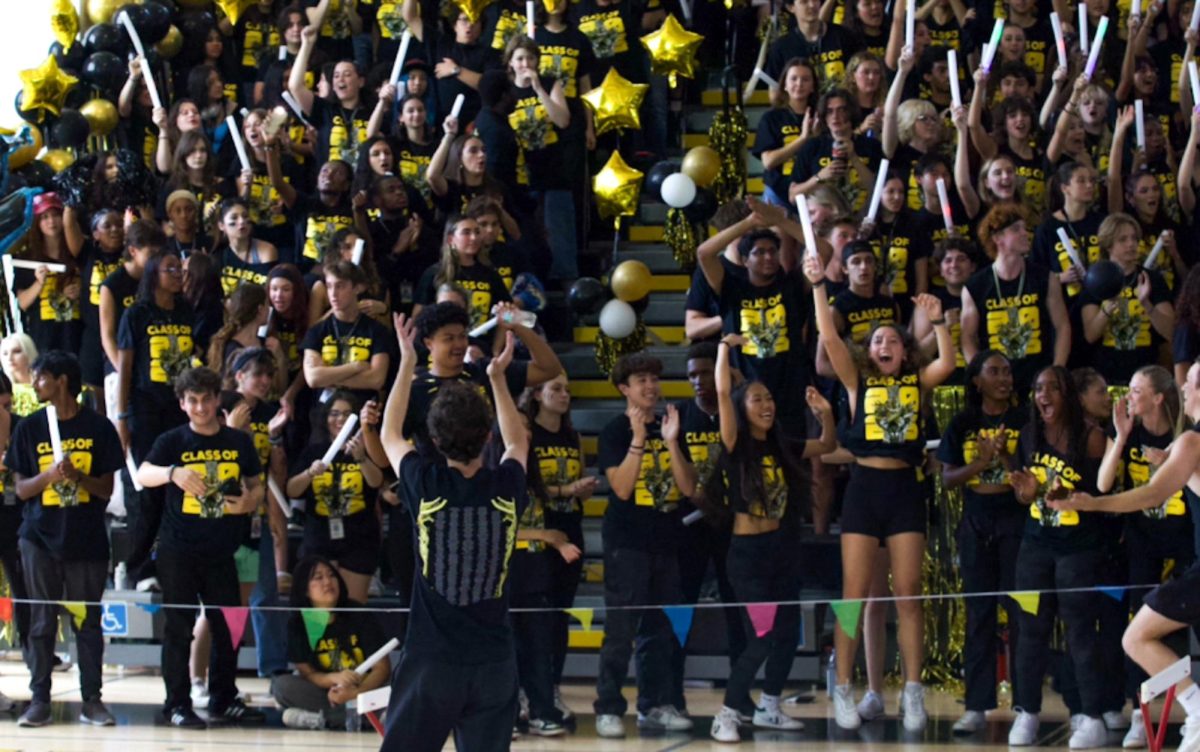
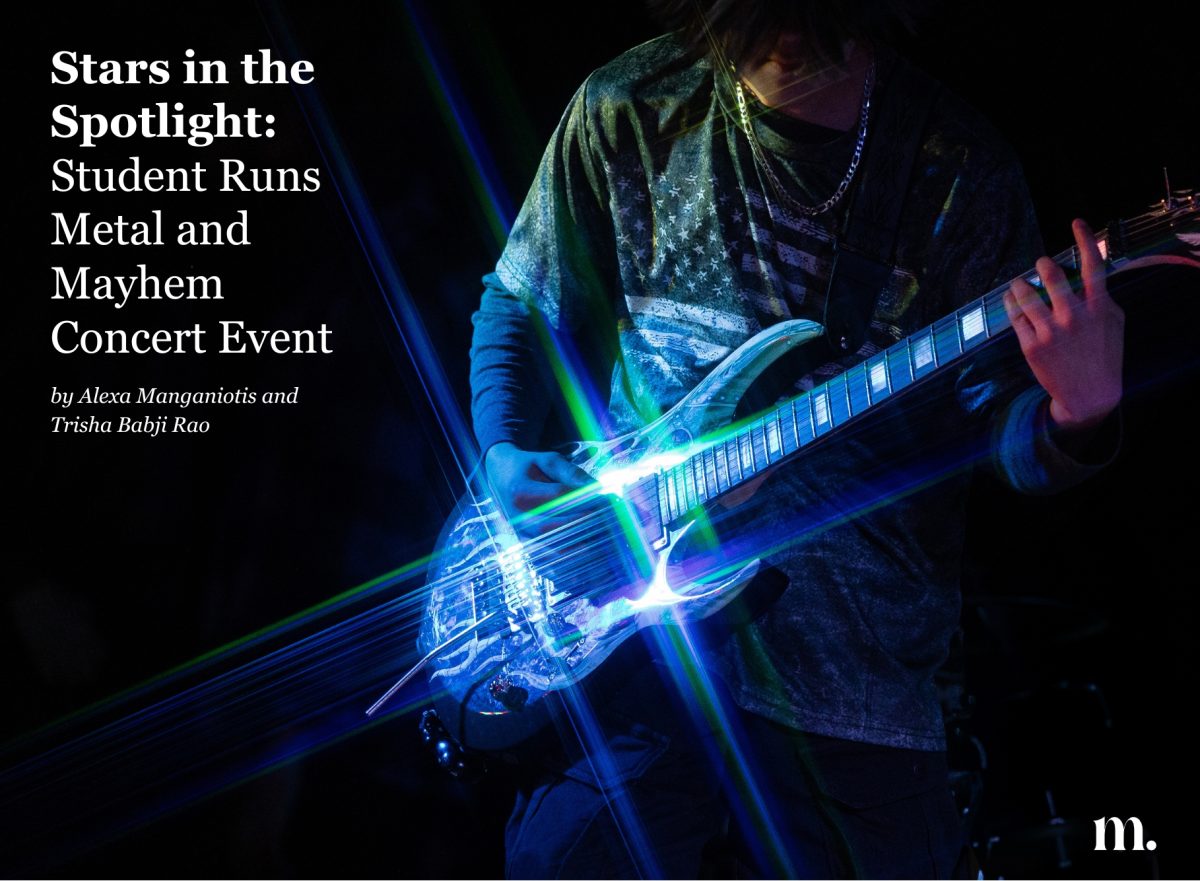
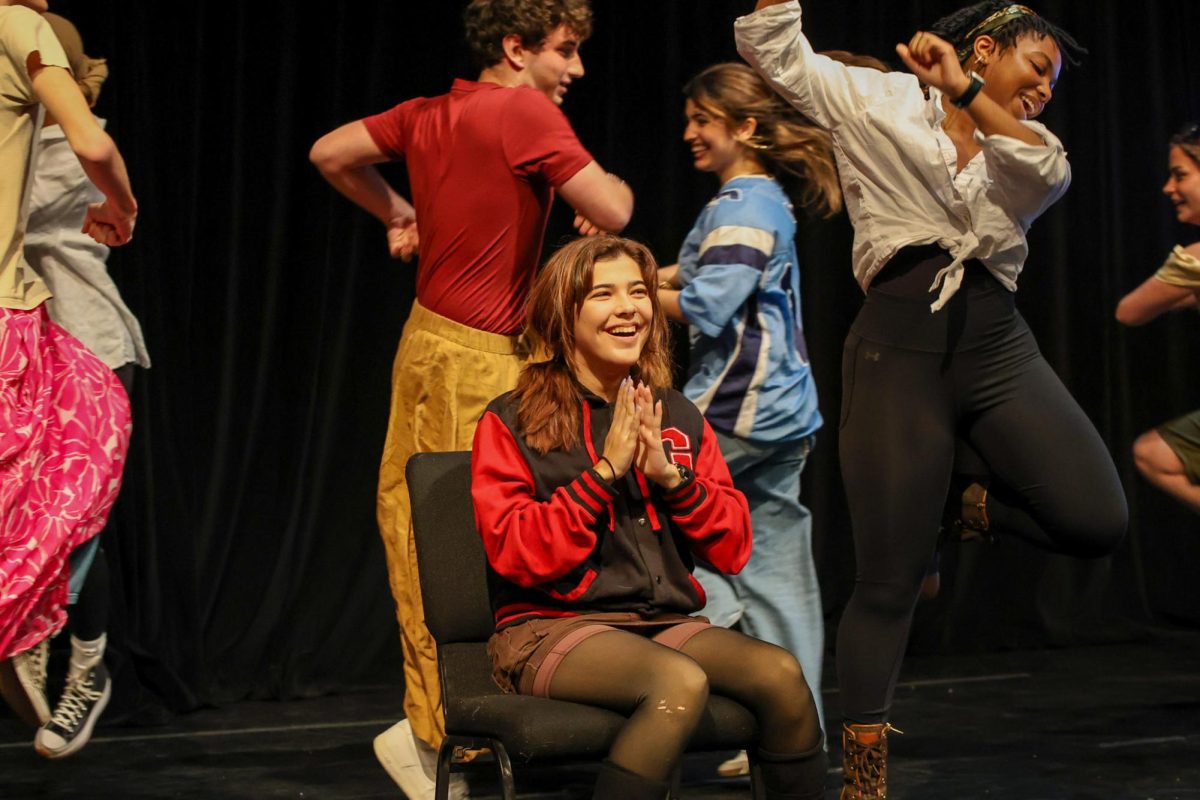
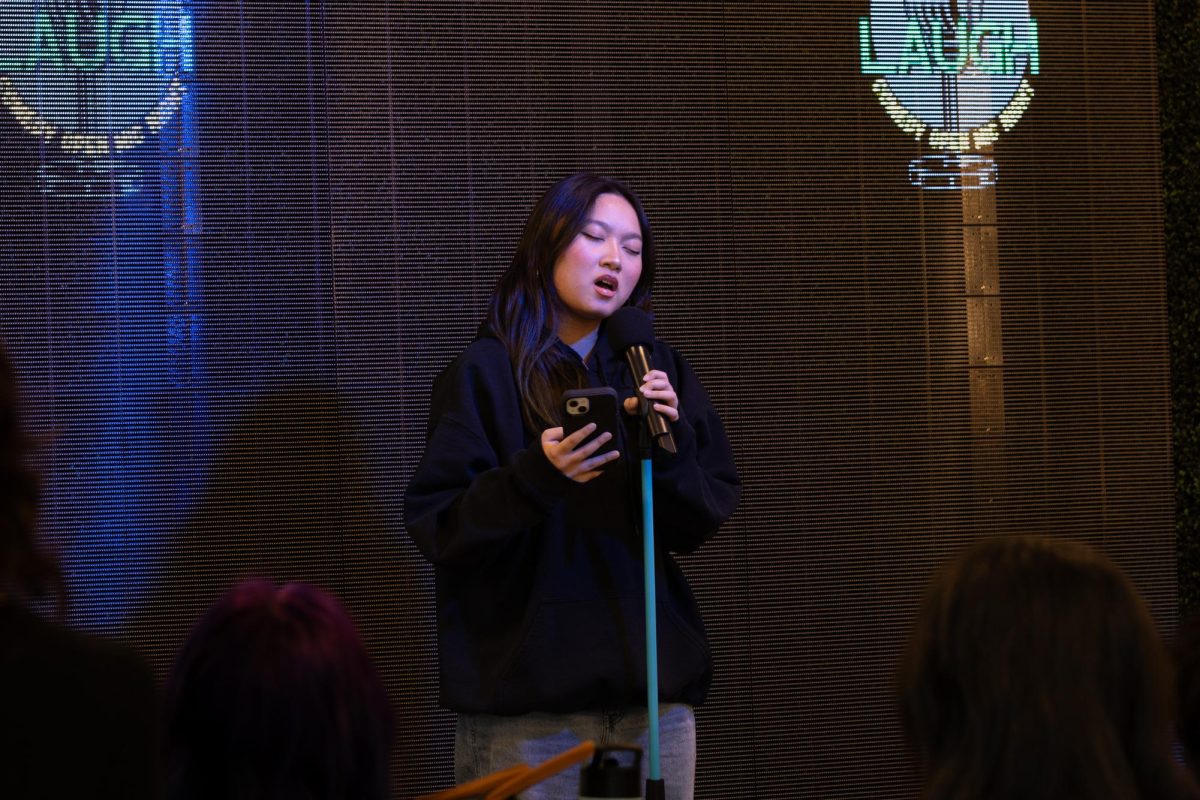
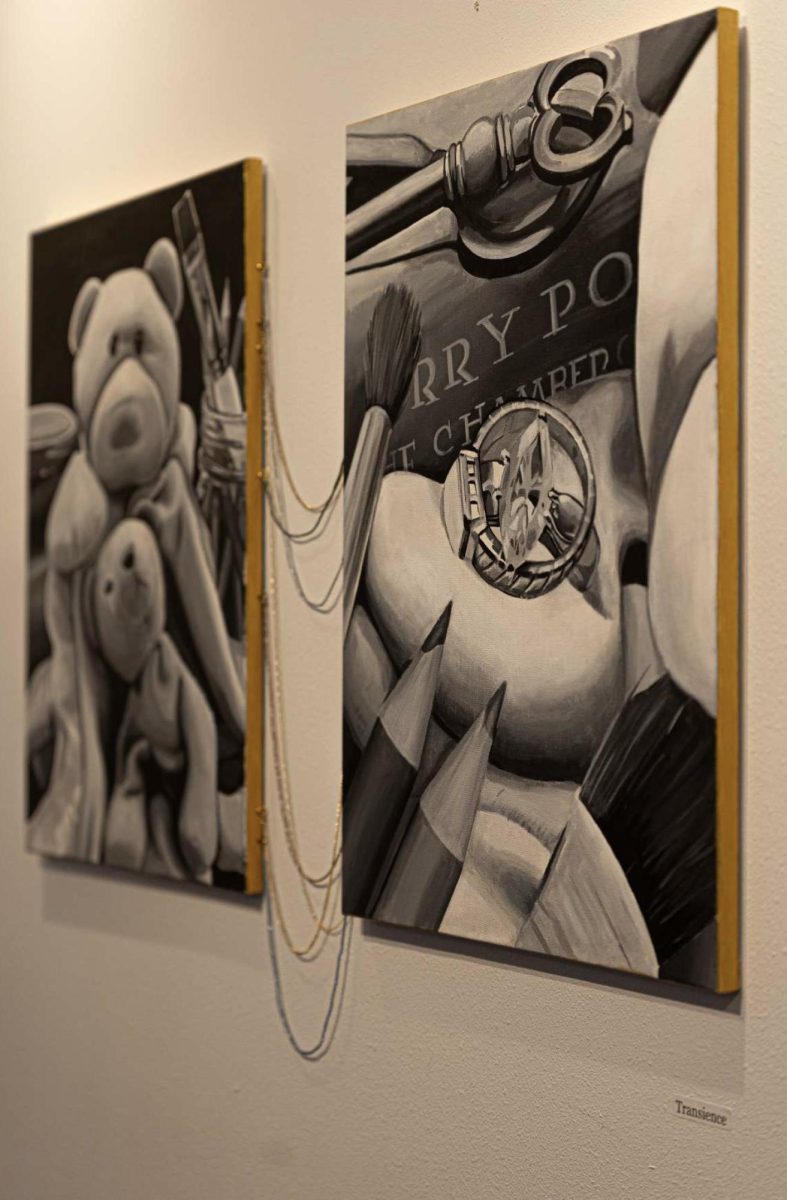
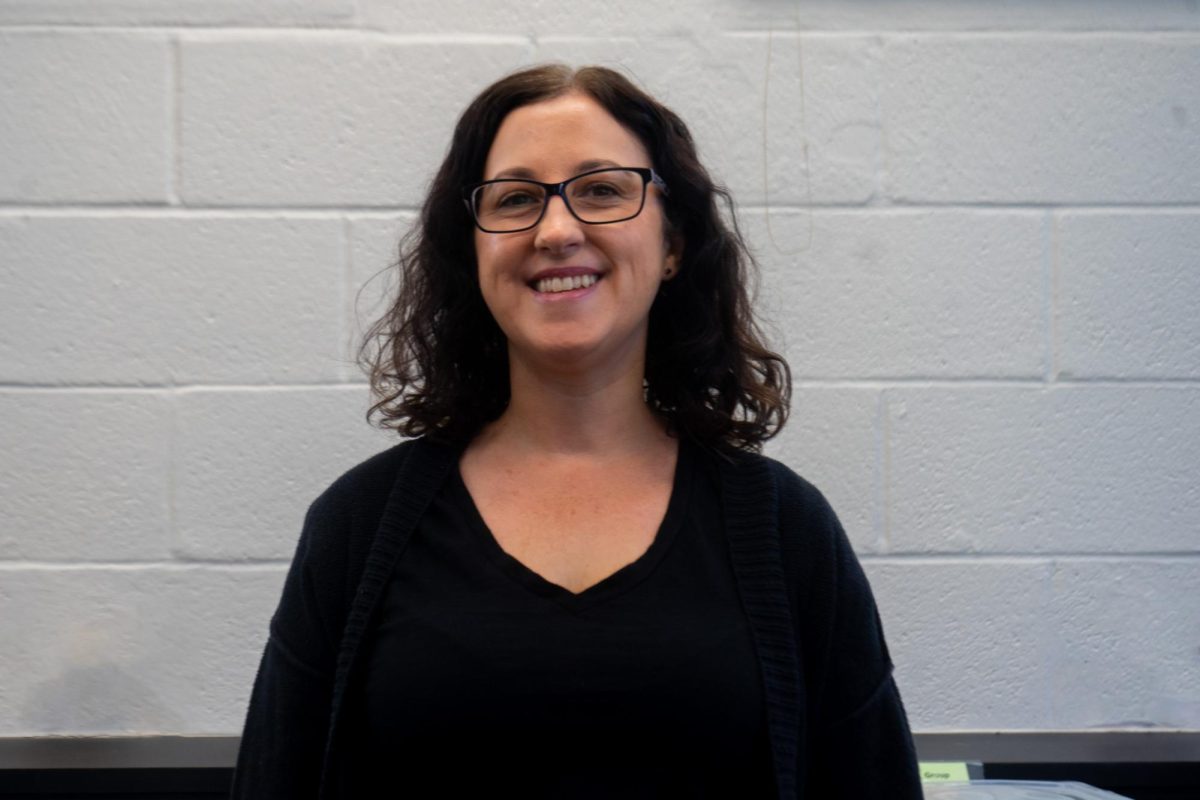
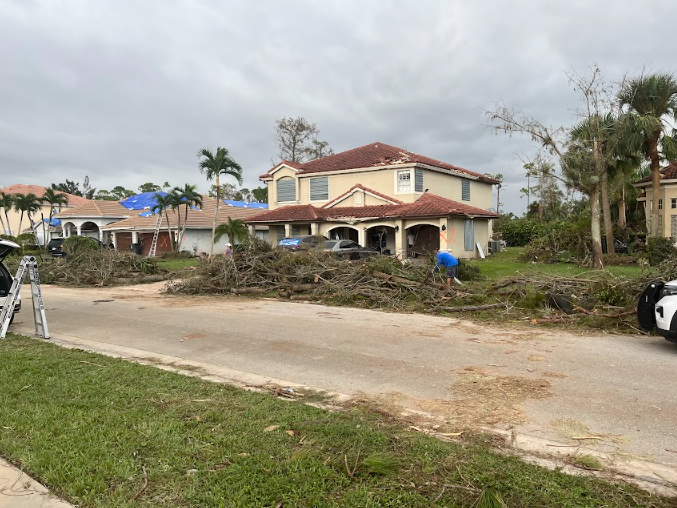

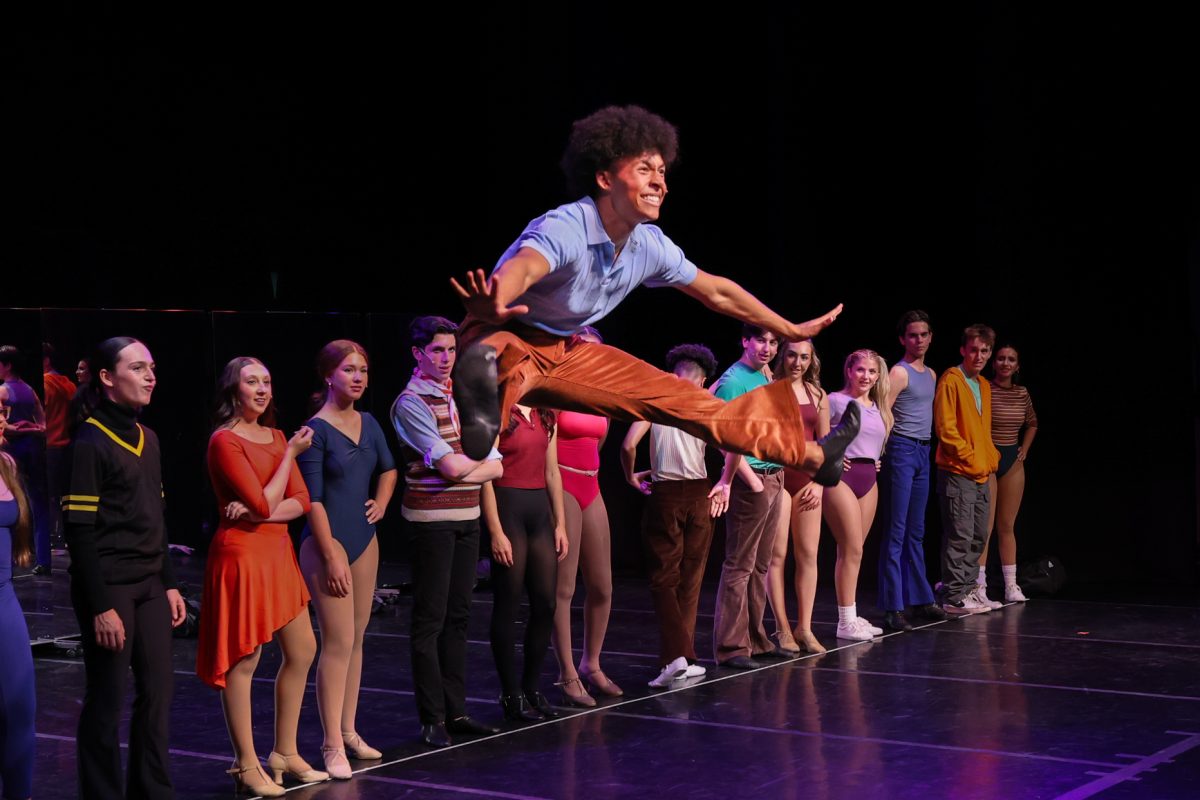
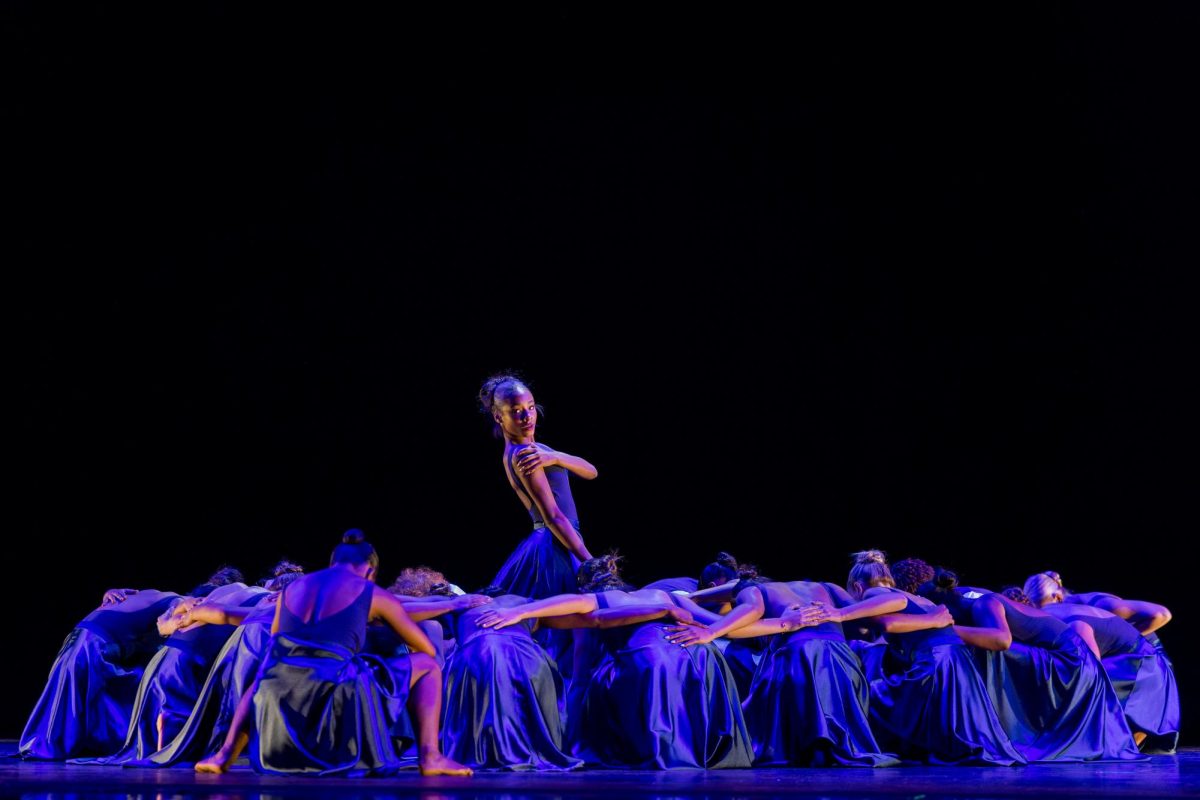

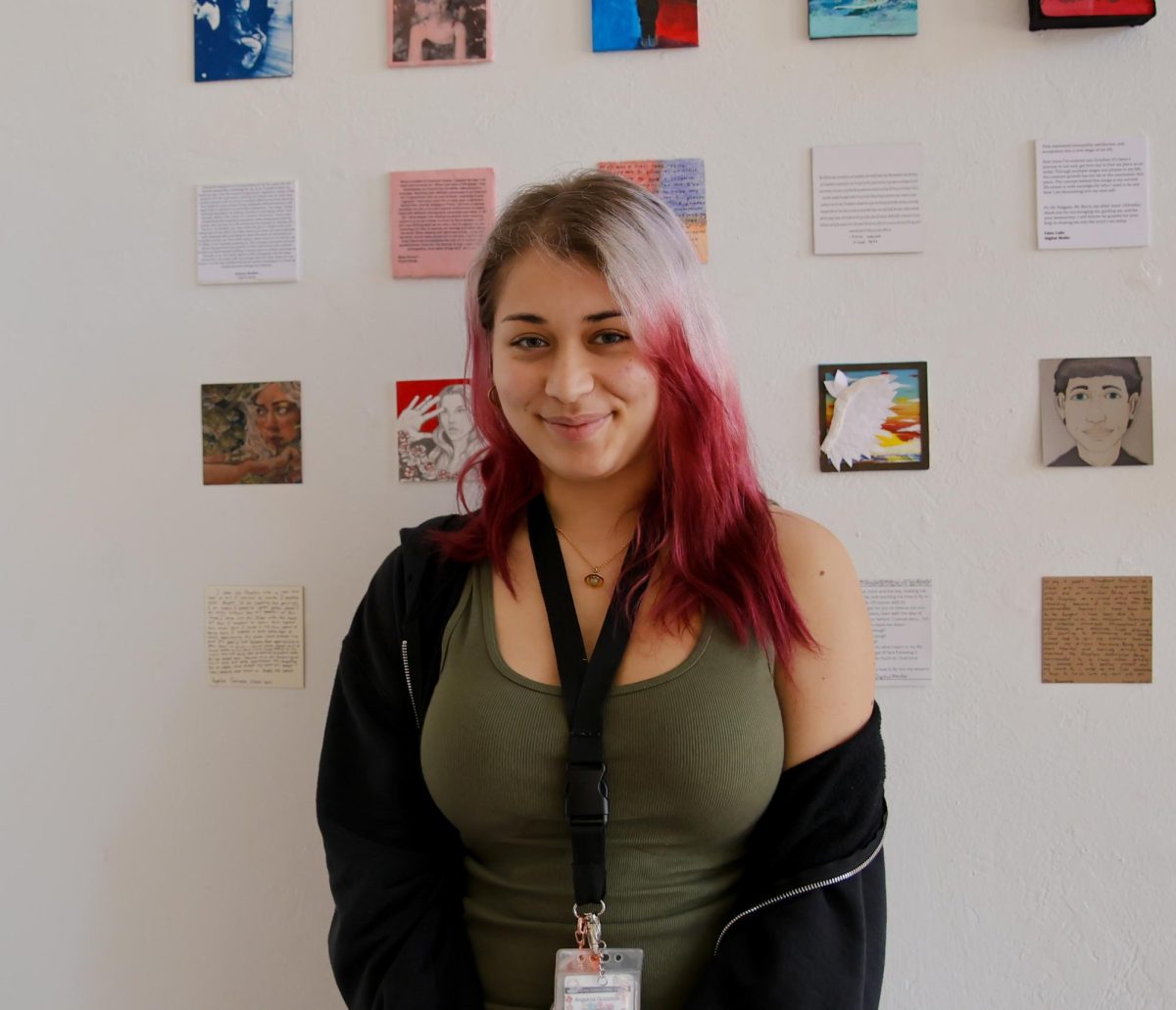


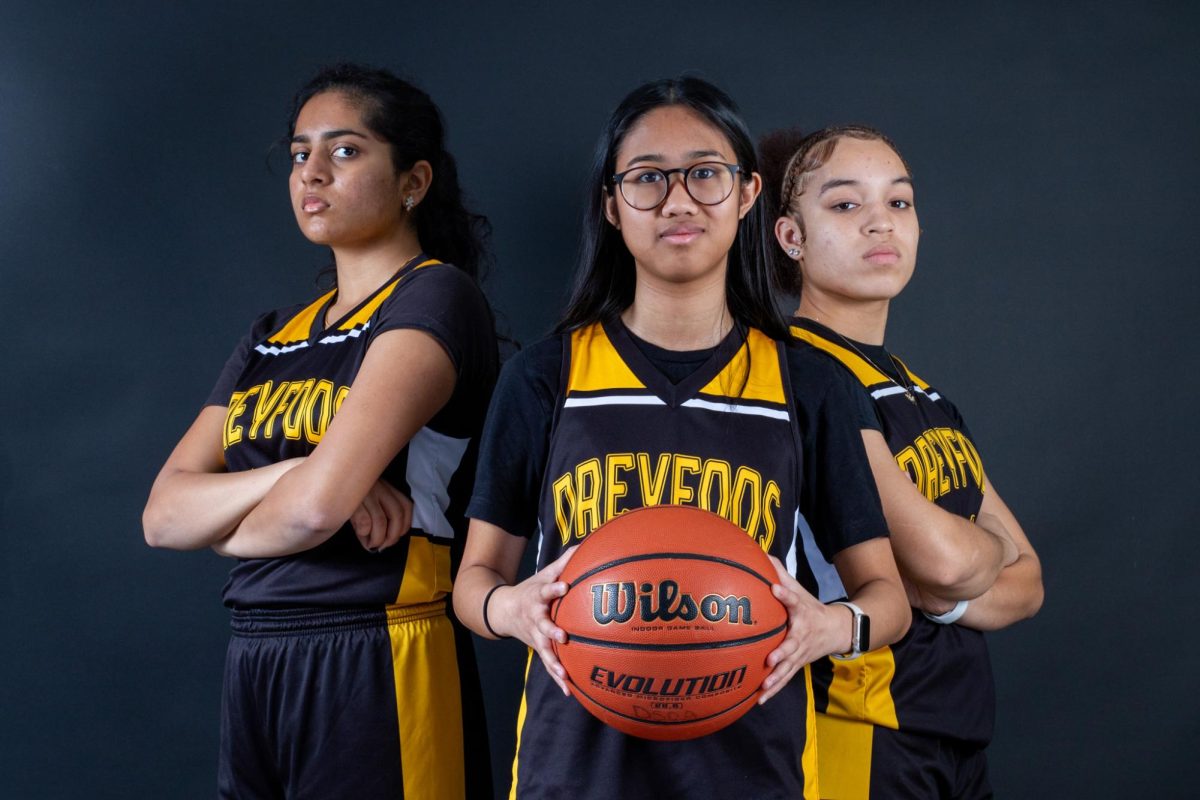
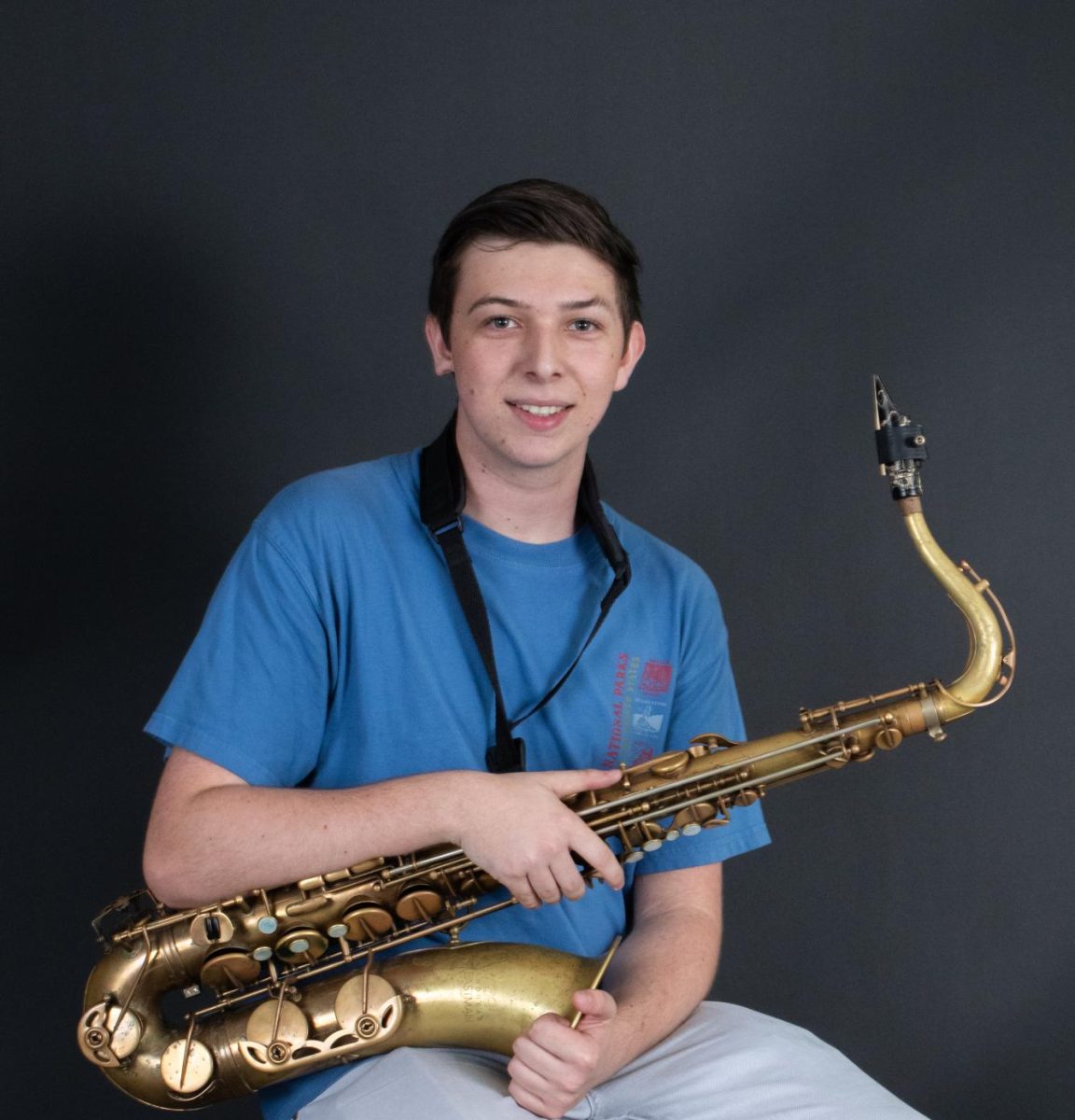
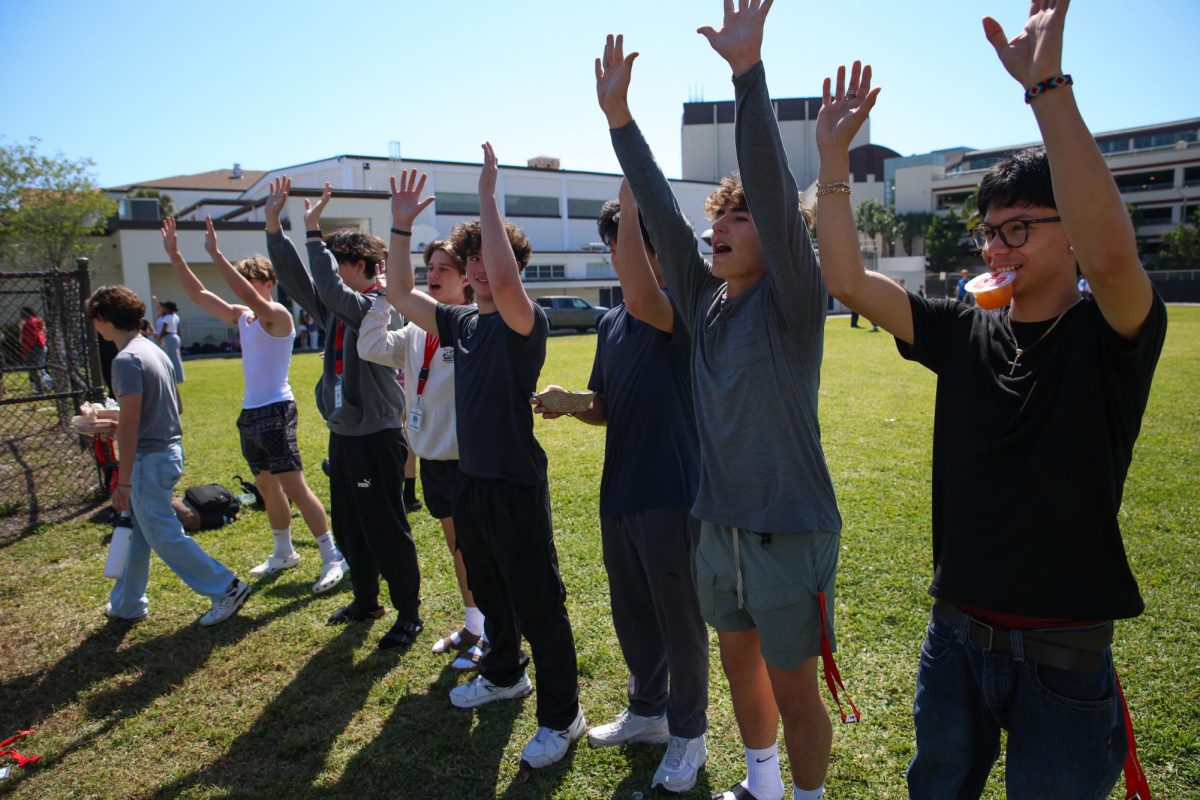
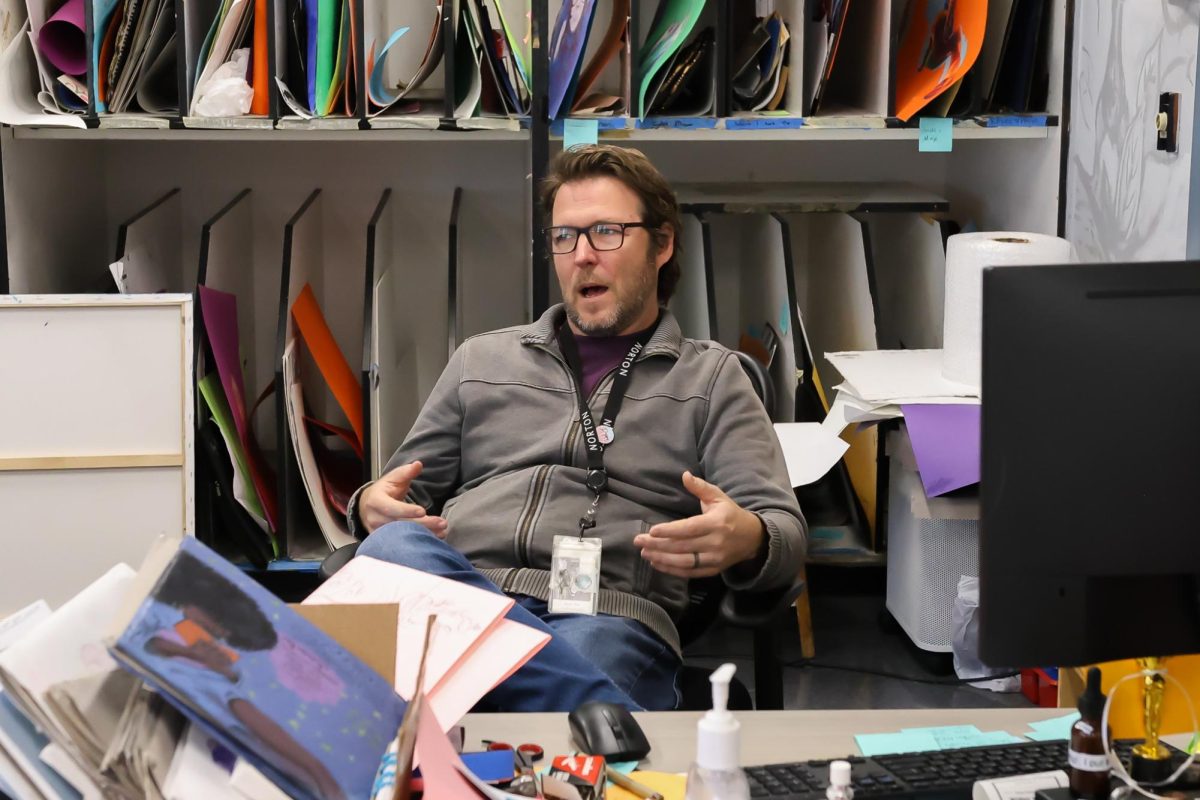
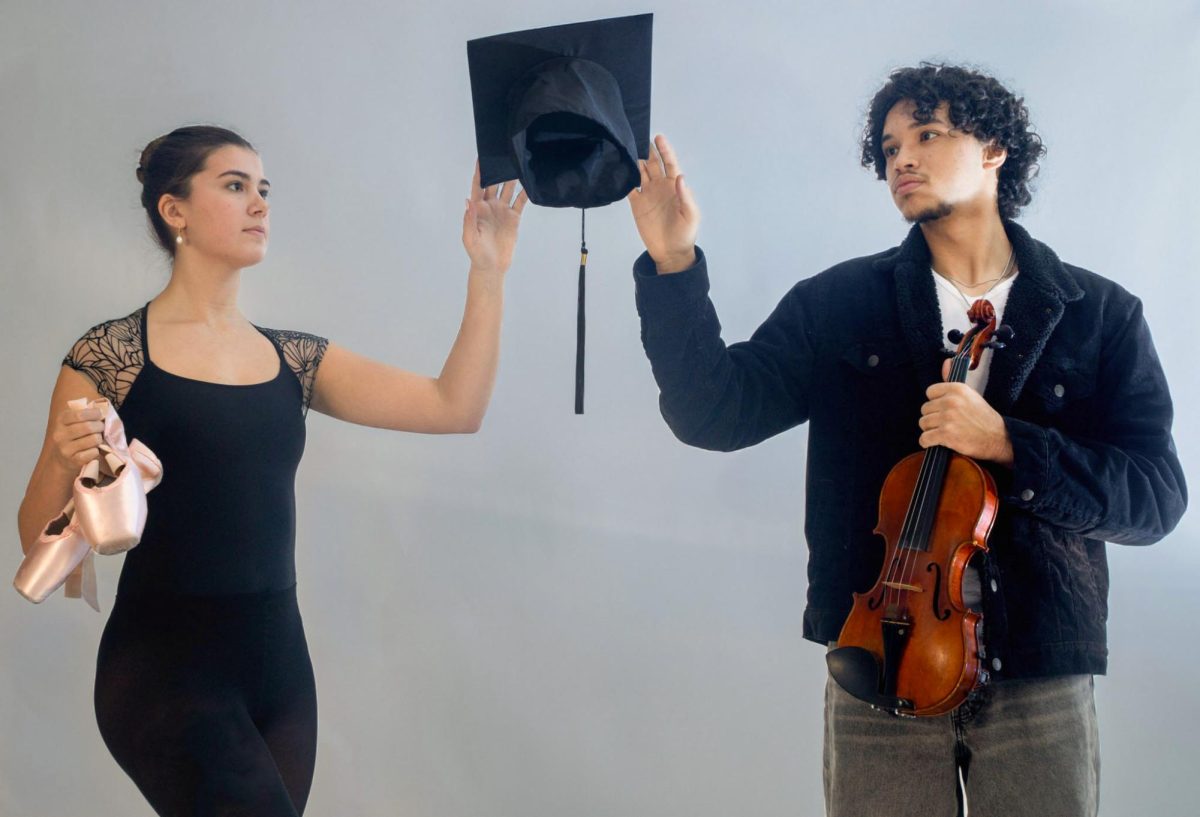
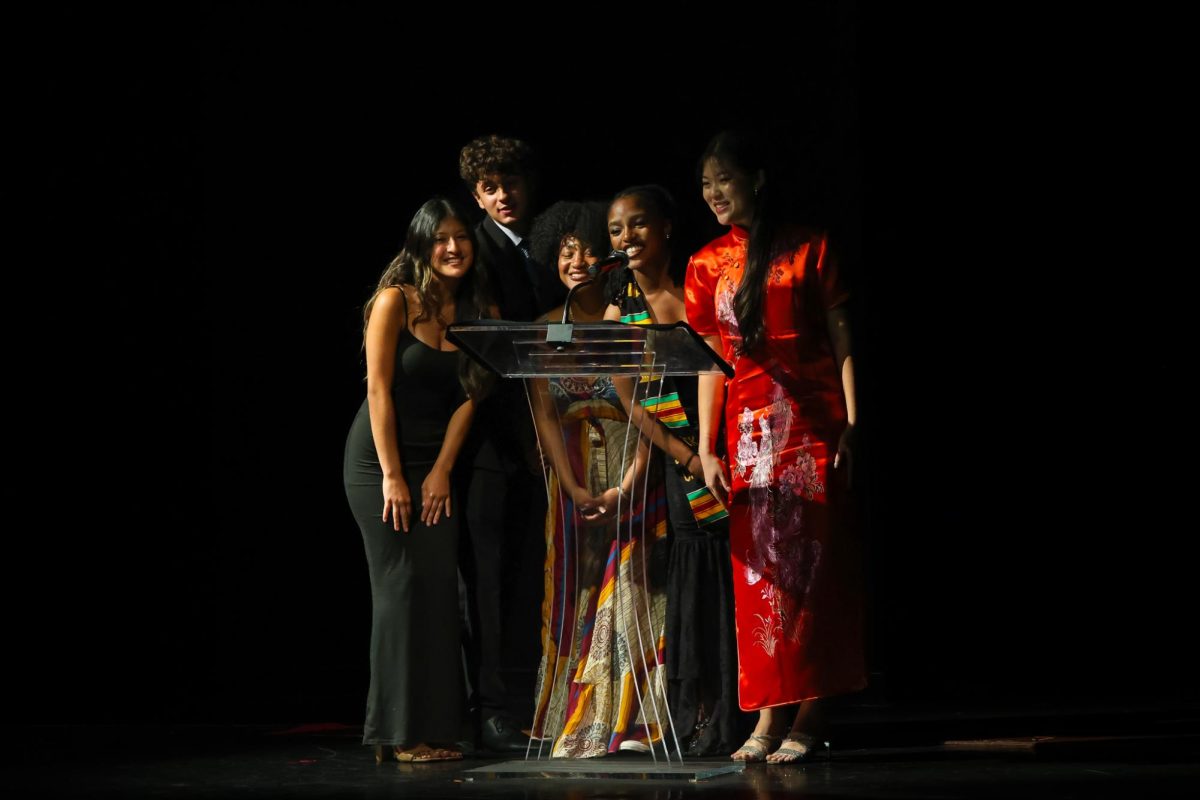



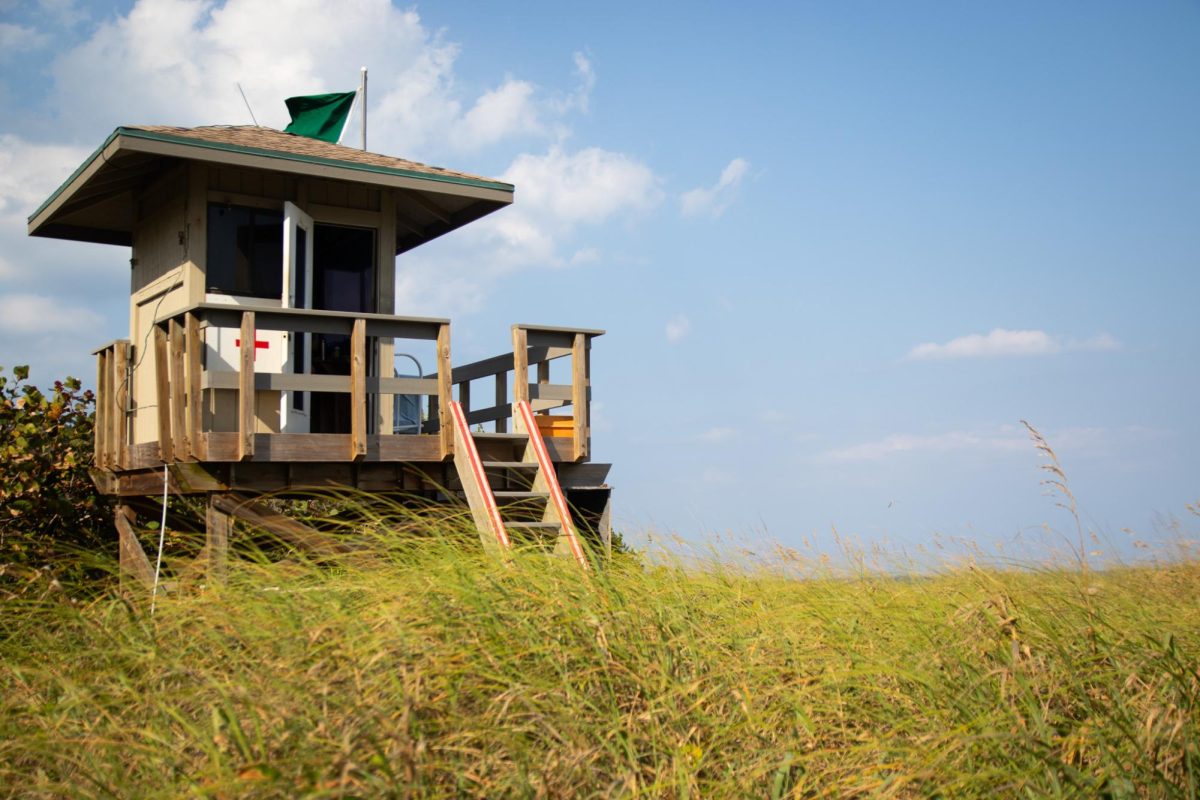
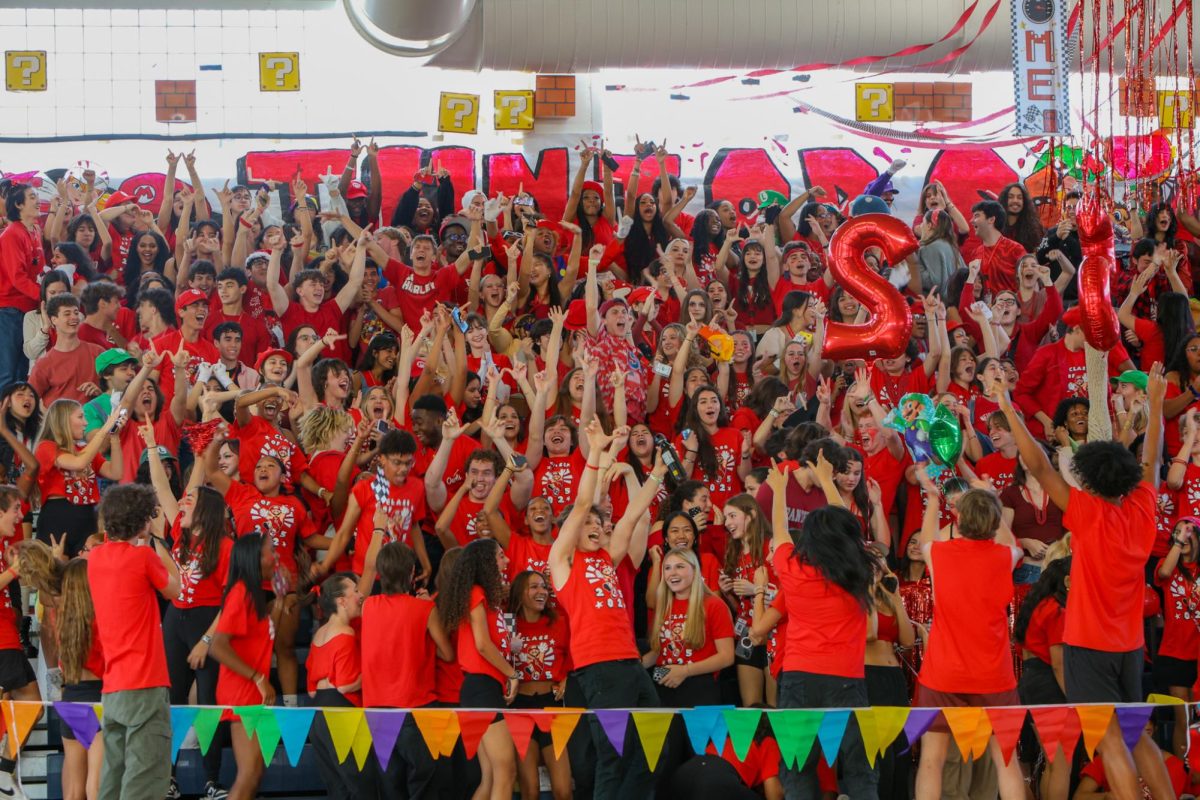
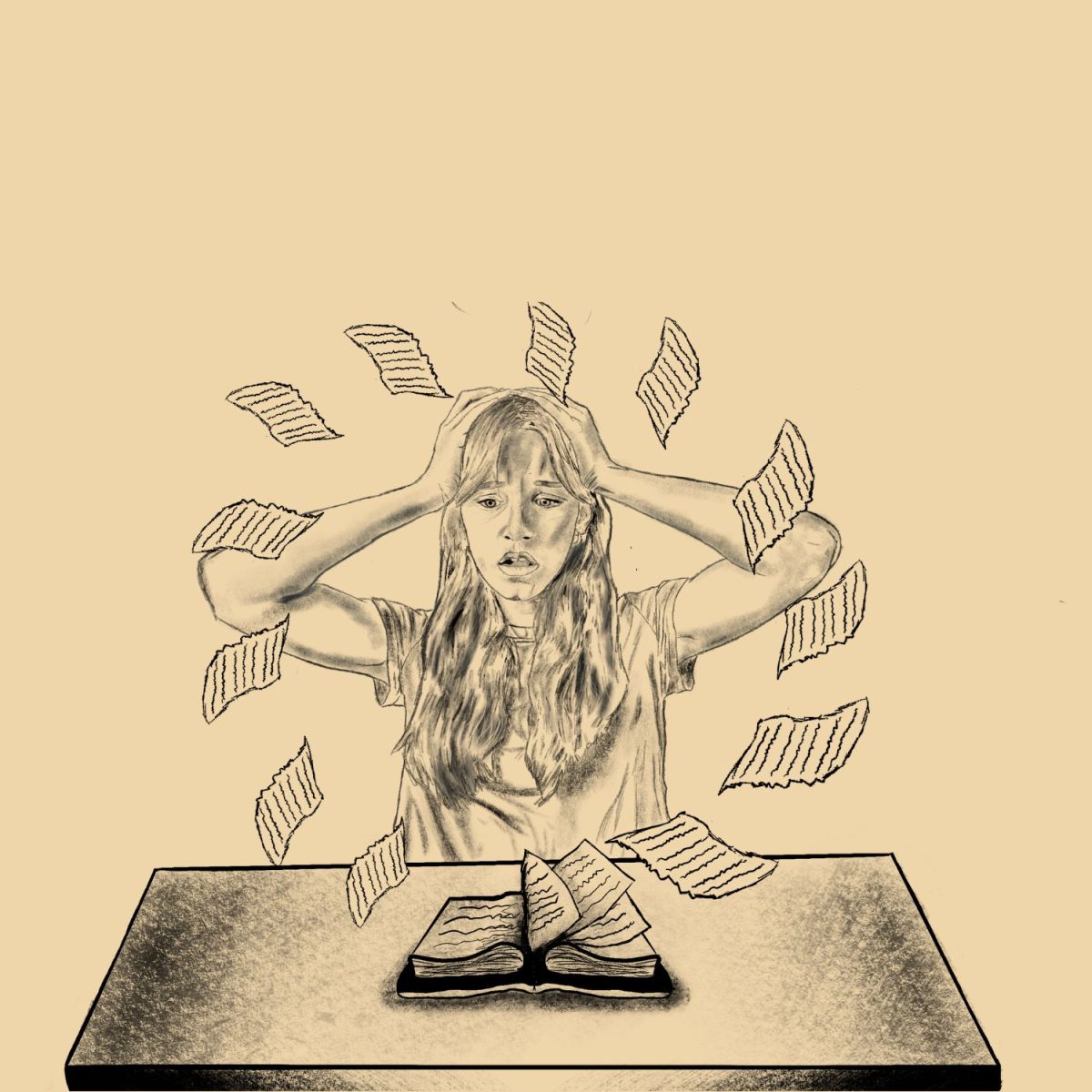

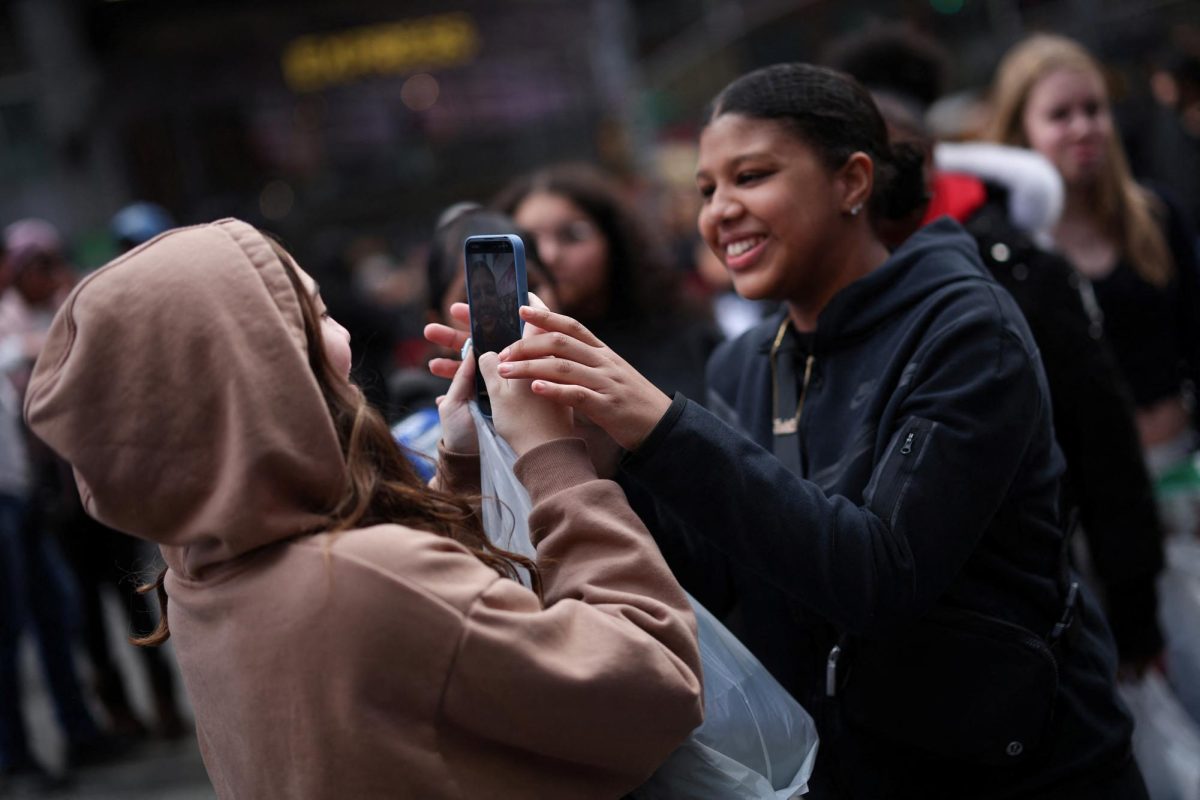



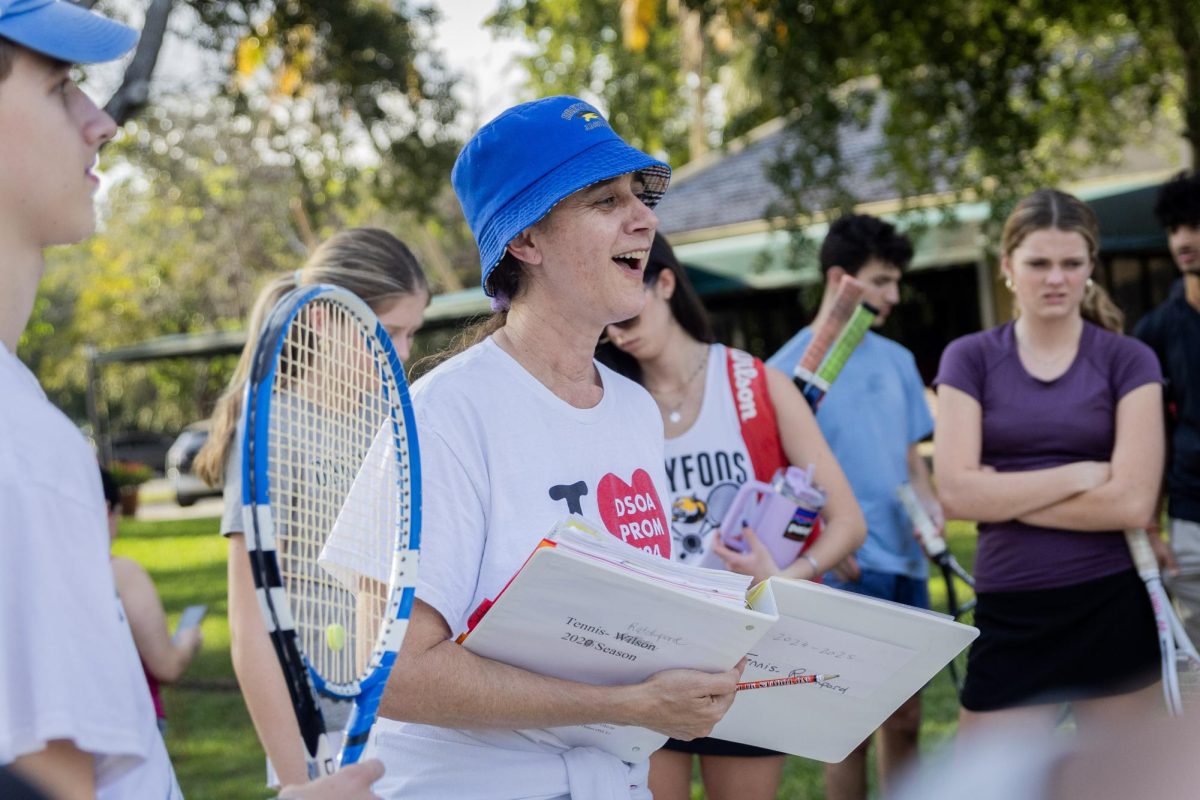
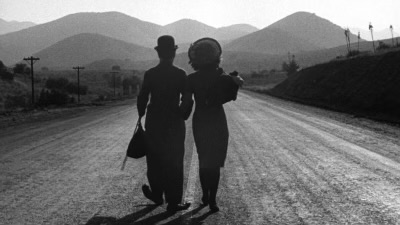
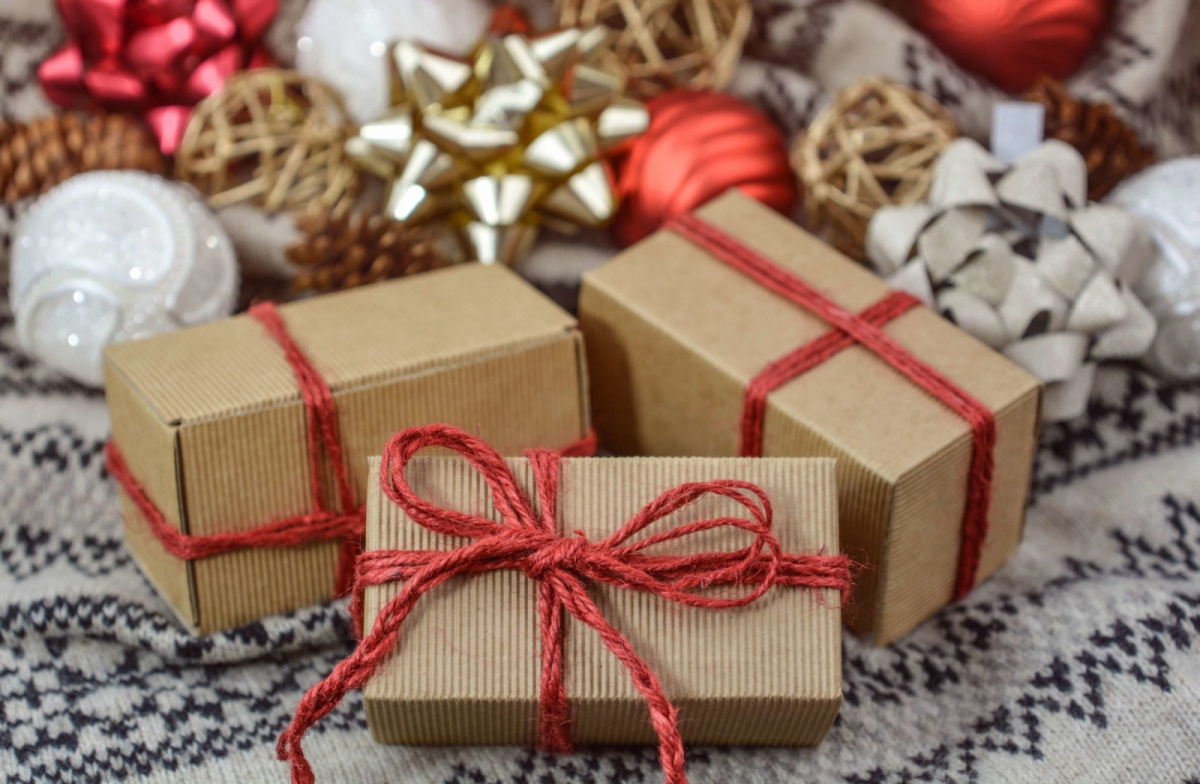
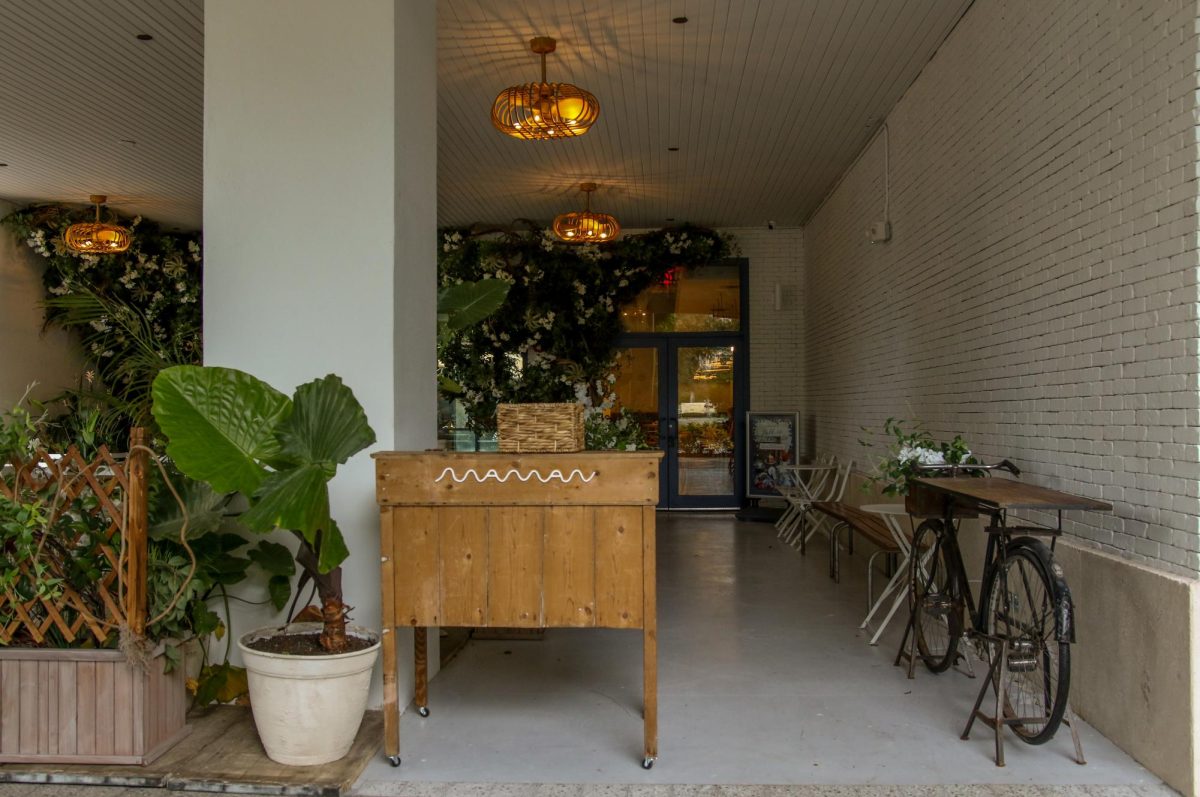



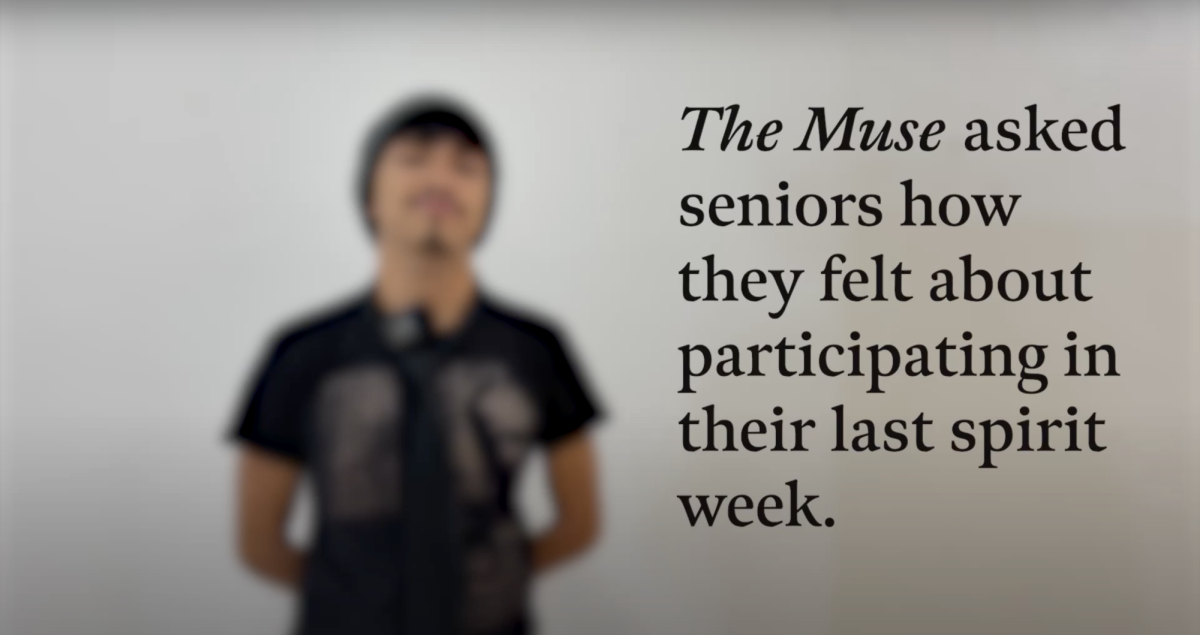


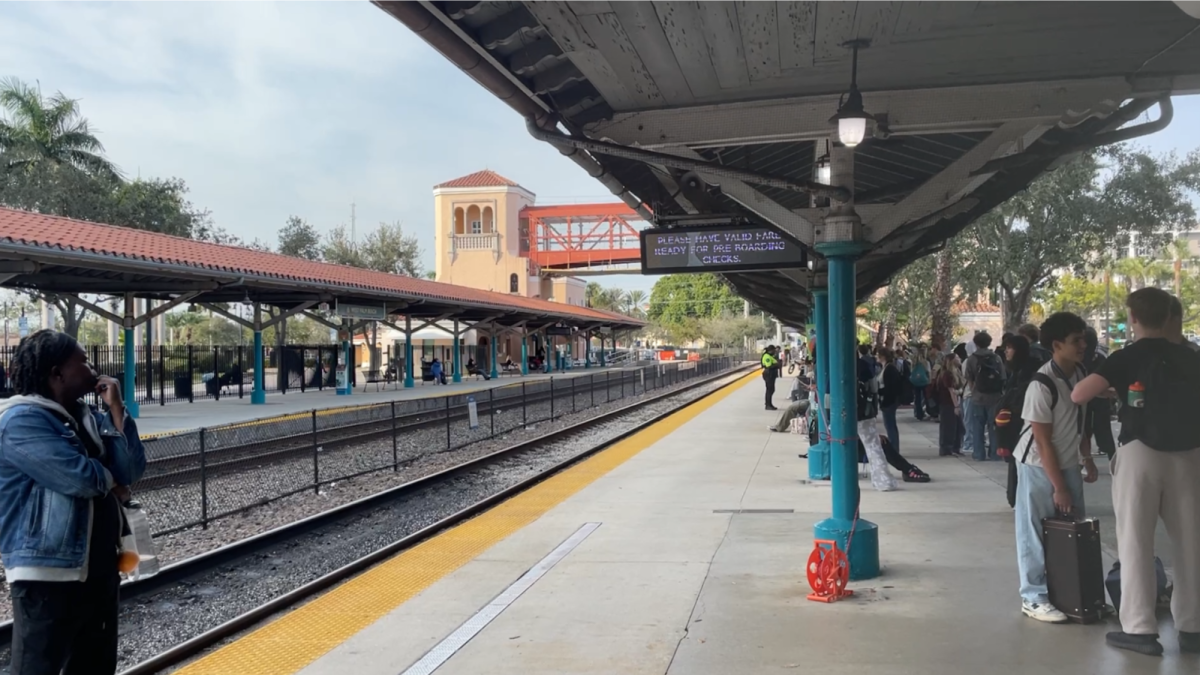

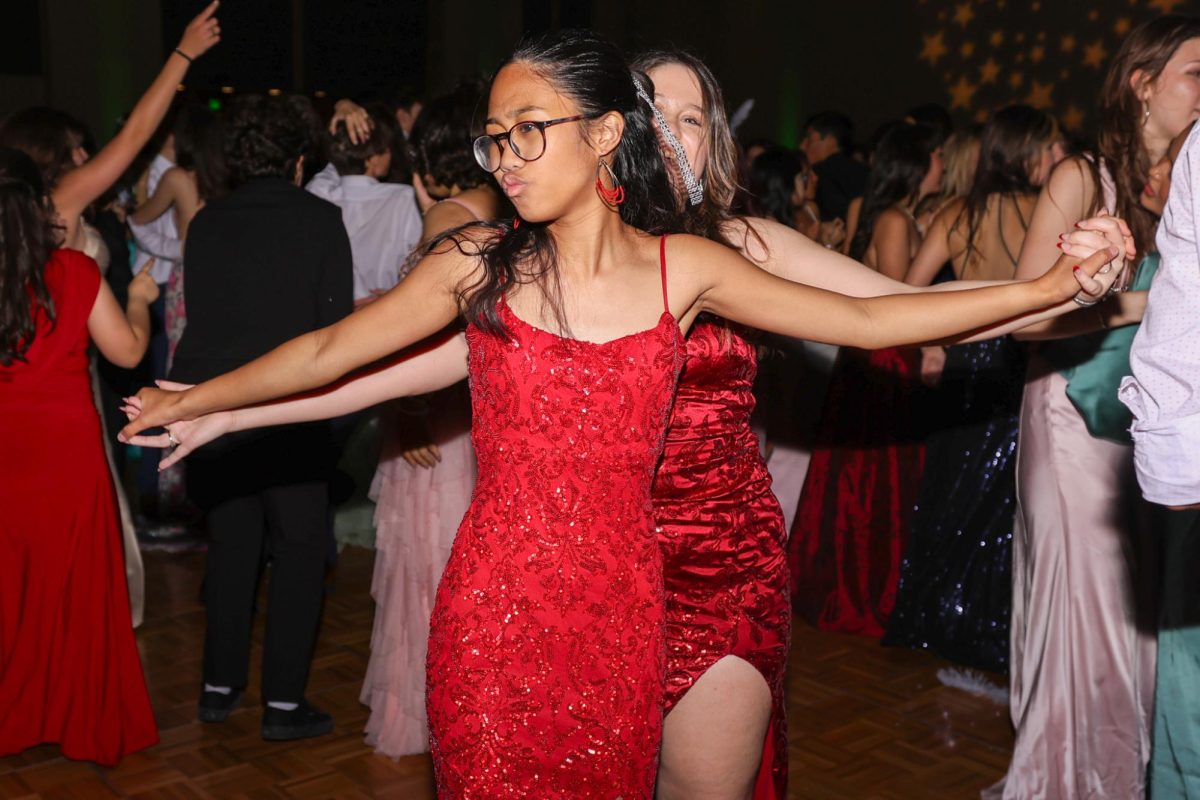
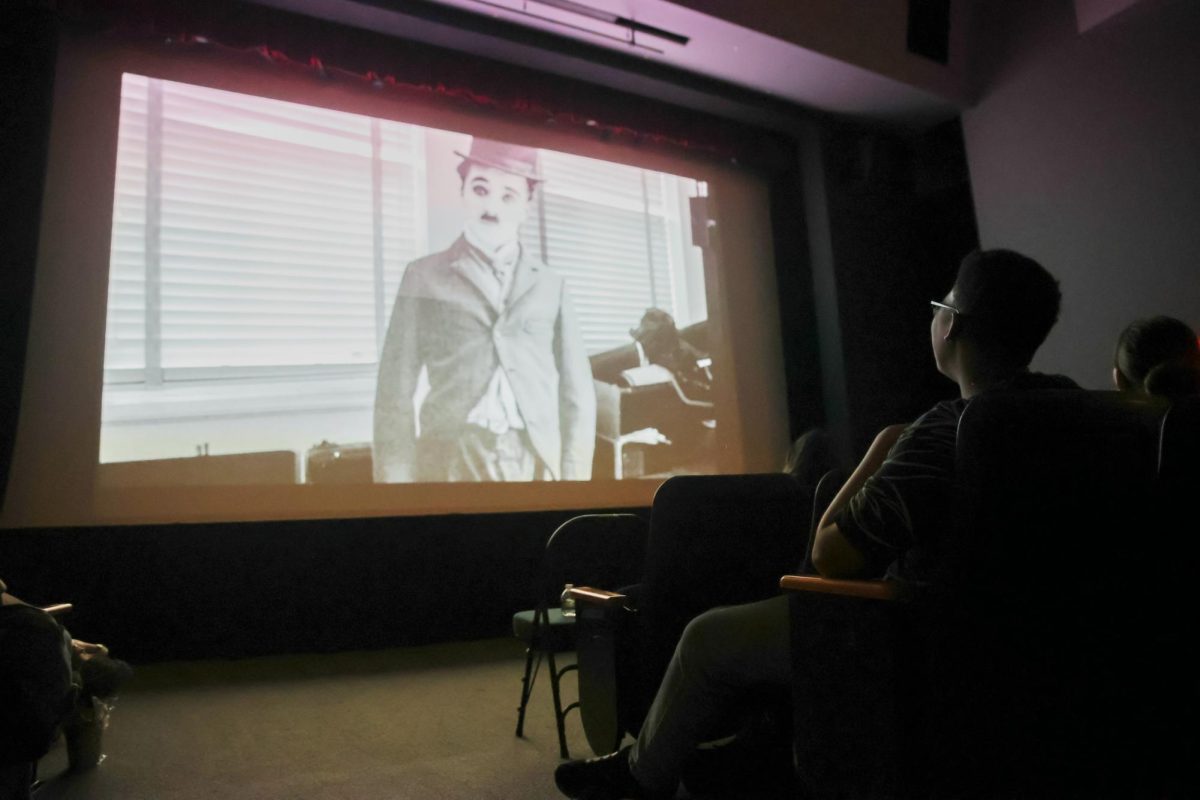
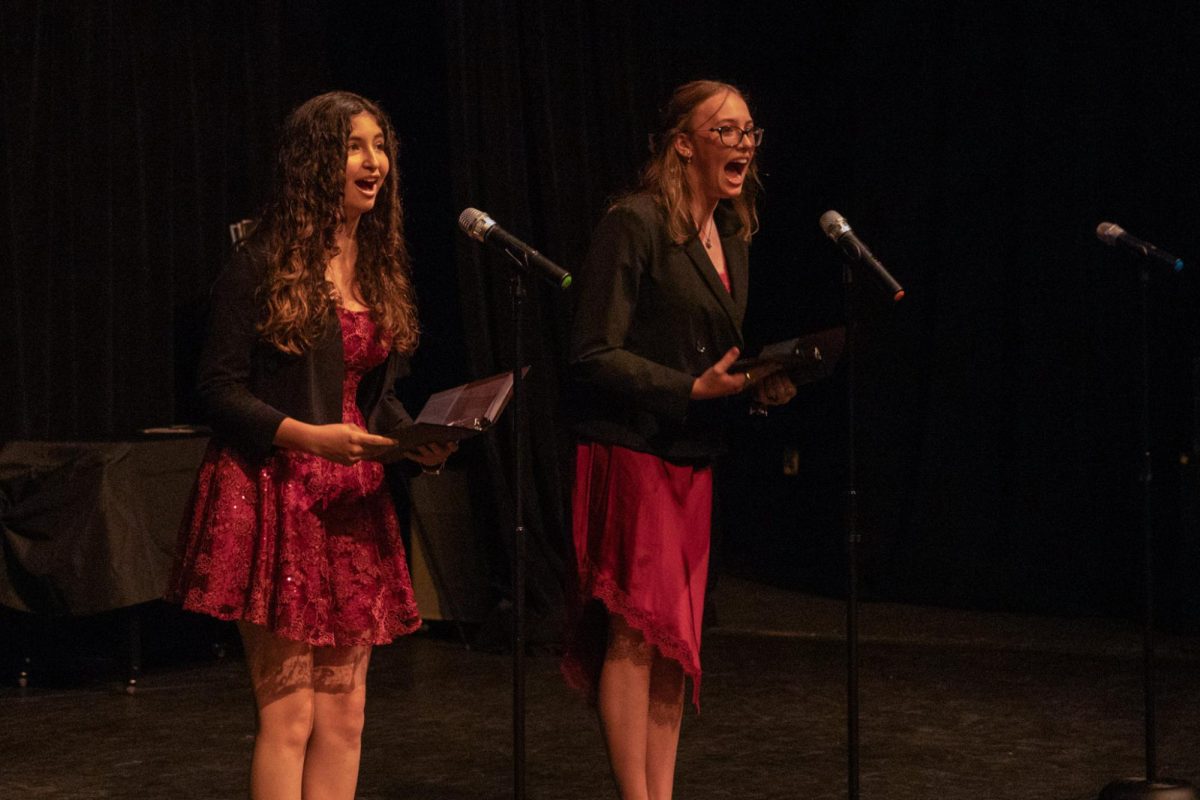
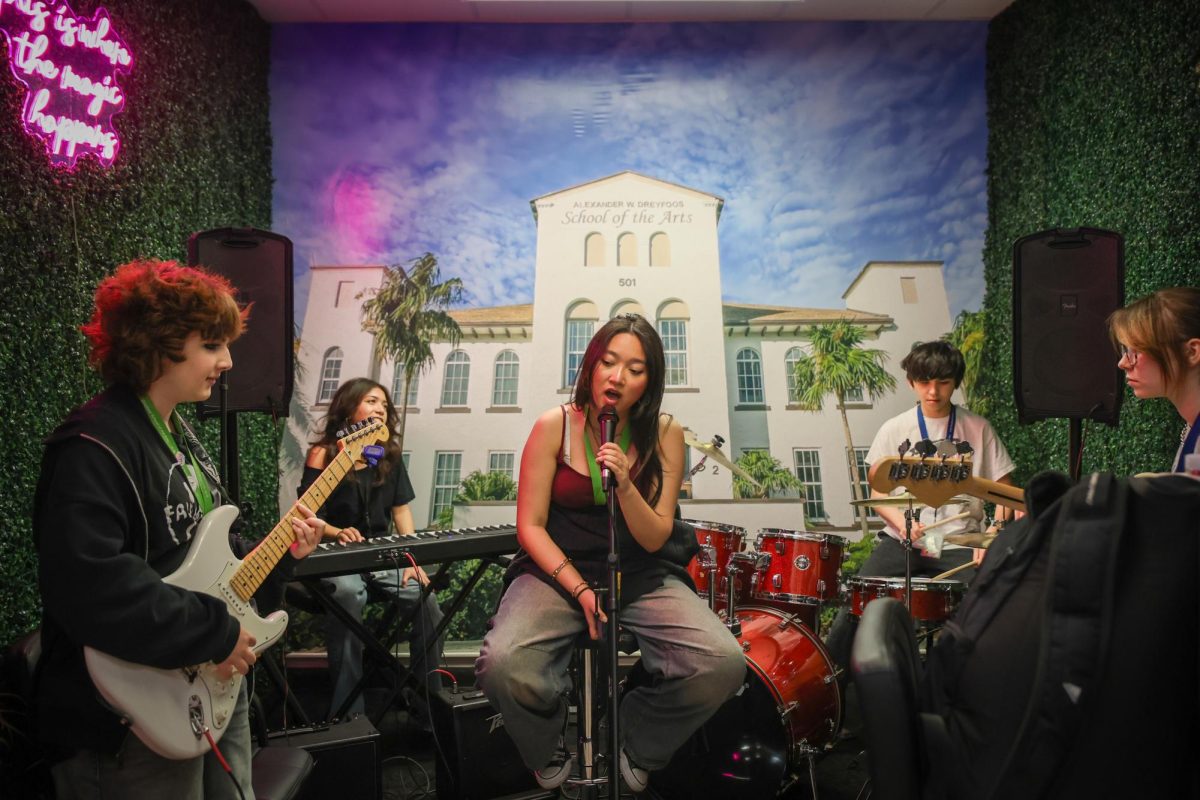
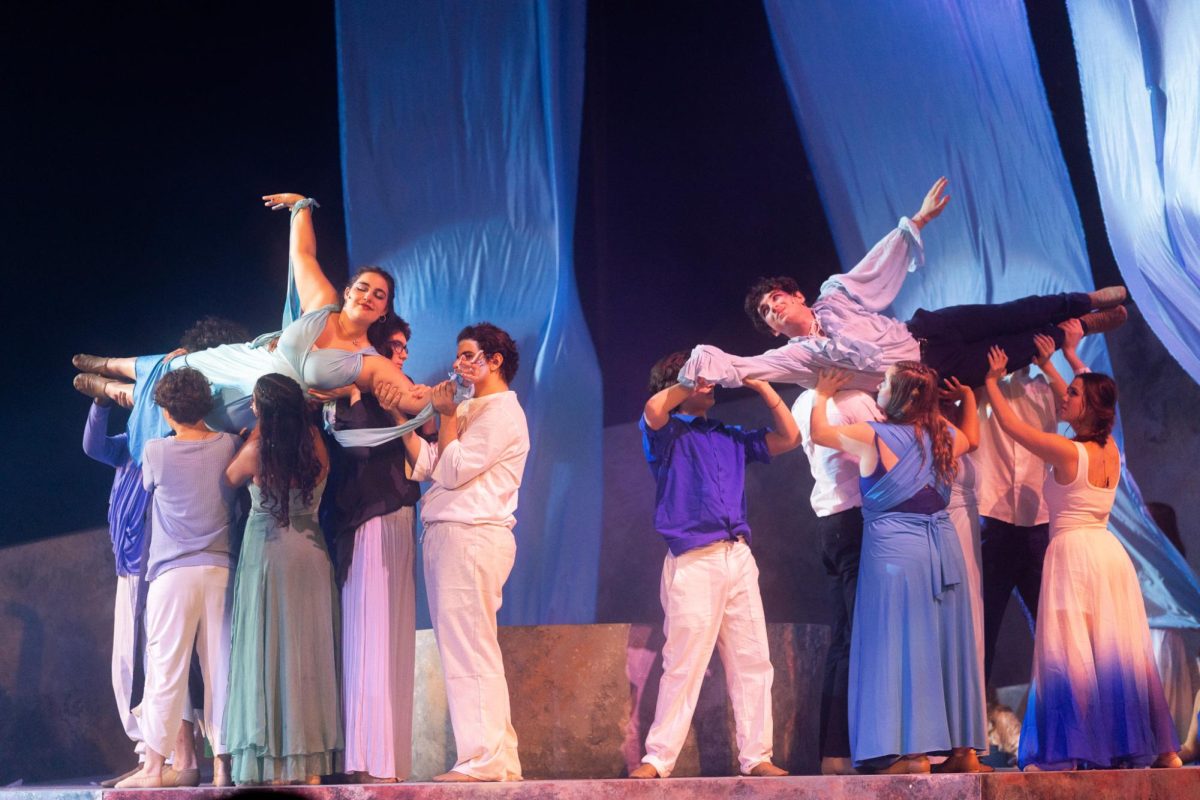


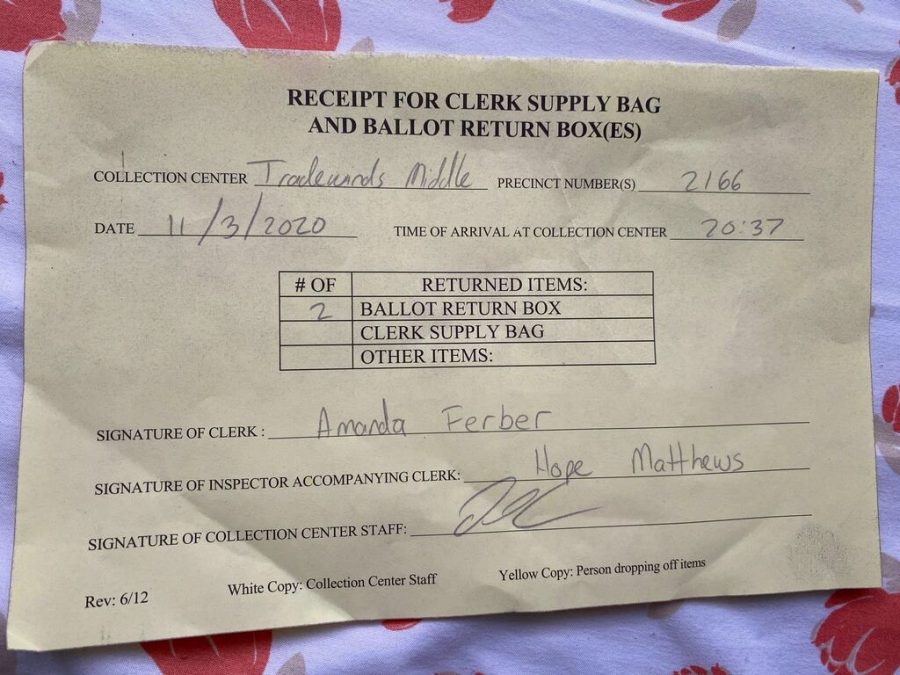
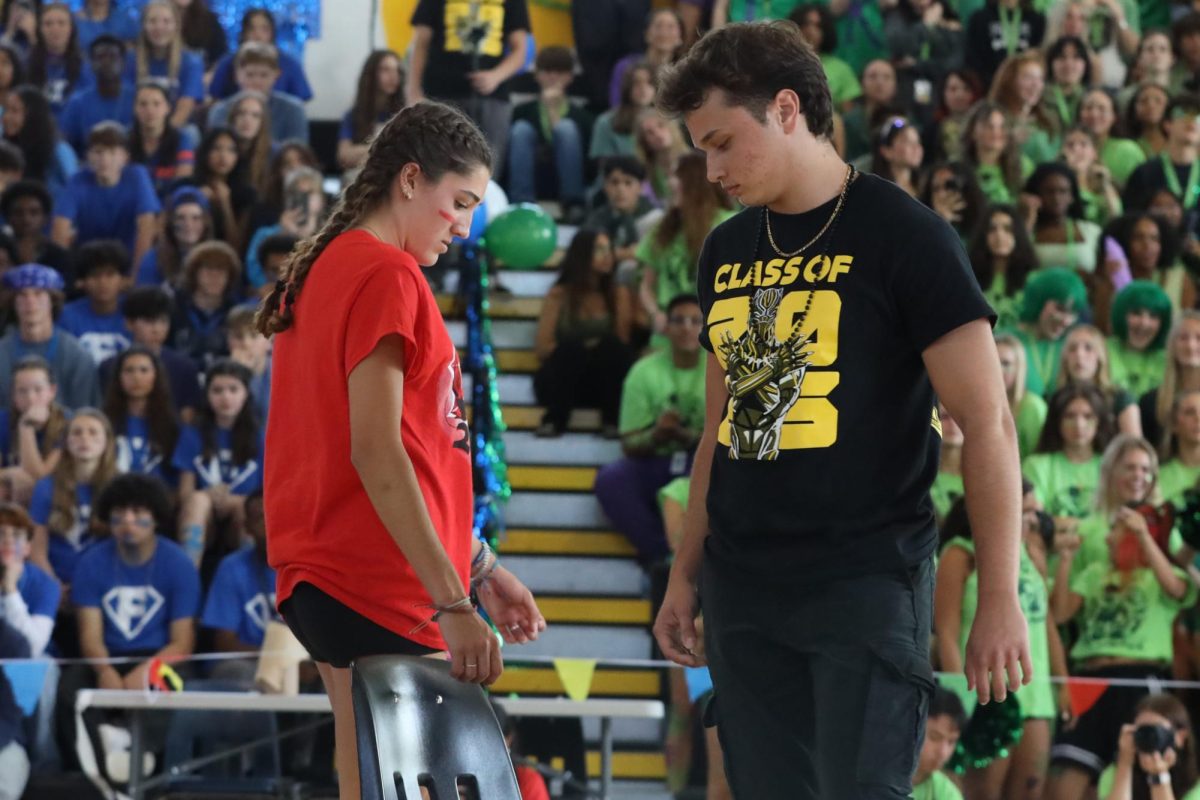

![[BRIEF] The Muse recognized as NSPA Online Pacemaker Finalist](https://www.themuseatdreyfoos.com/wp-content/uploads/2025/03/IMG_2942.jpeg)